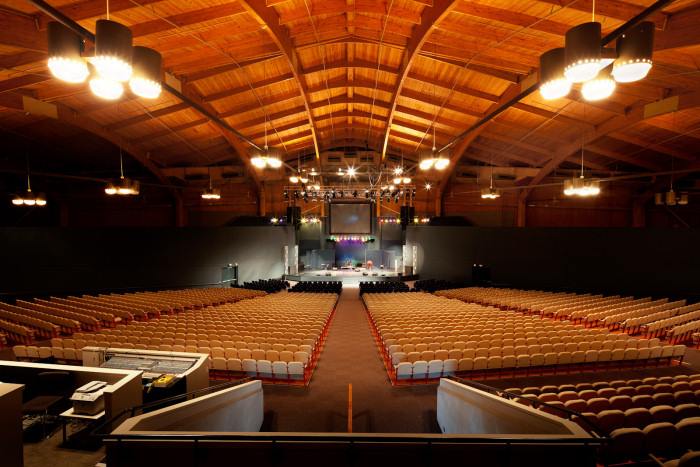Two Months at Sea

This July and August, I performed on board the Celebrity Solstice on the seas between Seattle and Skagway. Most performers work on ships for a week or two at a time – it was a unique experience, tasting life at sea for two full months.

The Solstice, in cutaway view. Copyright Boris Martinek. Via – http://forums.cgsociety.org/archive/index.php?t-872985.html
The Solstice is the largest ship in Celebrity’s fleet – it’s staffed with 1,200 crew members who serve some 3,000 passengers every week. …But what makes the Solstice so special? It’s got a number of amenities that are unique to the ship, including::
– A glass blowing studio (The world’s only all-electric setup, apparently.)
– A two-story tall wine rack that holds some 2,800 bottles of wine (According to the HR team, this is one of the best examples of “modern luxury” on the ship.)
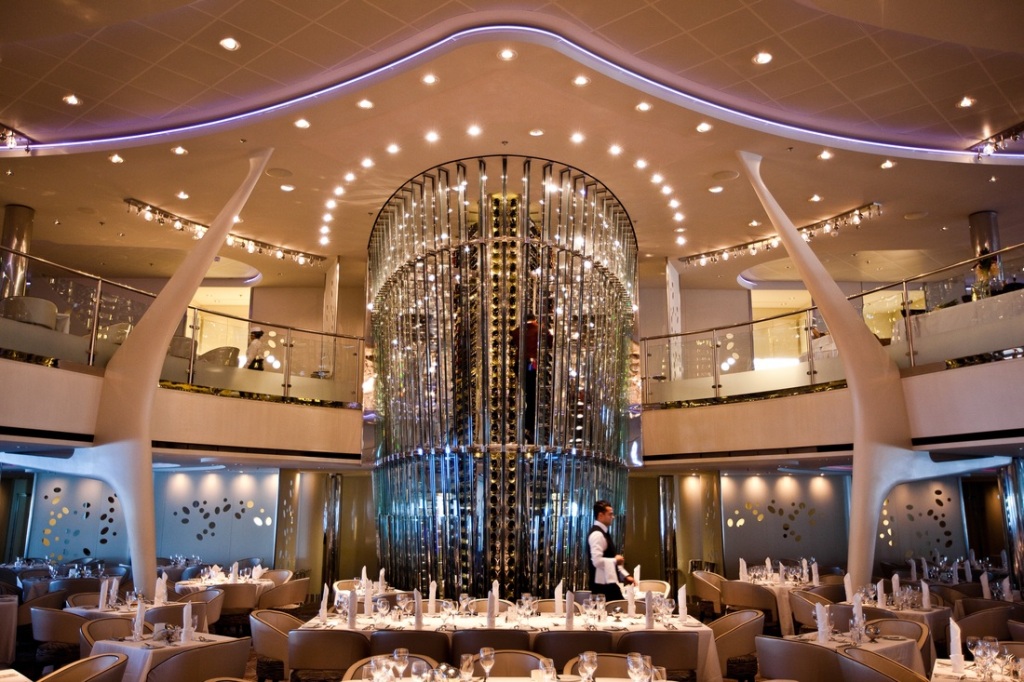
3,000 bottles, 3,000 guests. How many bottles of wine are down below decks?. Via – http://copcruise2013.weebly.com/uploads/1/0/1/5/10155164/3072560_orig.jpg
– A lawn (?!) on the upper deck (Really. Lush, live grass growing on deck 15. Bocce tournaments all week for the guests!)

A groundskeeper mows the ship’s lawn. Yes, this is real life. Via – http://www.dlphotography.com.au/top-selection/
– An Apple store (Apparently this is a big deal when the ship sails around Europe. In the US, folks aren’t quite as impressed.)
– A 12-deck-tall atrium in the center of the ship, complete with a living tree suspended in mid-air.
There’s a lot more to the ship than that, but I’ll let you look that up on your own. If you want to see more about the Solstice, check out Celebrity’s website.

Public deck plans for the Solstice. You’ll notice that nothing below deck 3 is published here – below that is crew only! – Via: http://www.docstoc.com/docs/73394071/Celebrity-Solstice-Deck-Plans
It’s pretty amazing, when you about the ship’s scale – it’s bigger than most luxury hotels you’d find in the US – and it floats on the open ocean… With enough provisions to sustain itself for a week straight. The Solstice has a sailing capacity of 4,000+ including crew, which makes it over half as populous as the town where I live in Vermont. Unique situations make for unique solutions – with 4,000 breakfasts to make every day, the Solstice needs an entire room on deck 2 to store eggs (according to the galley tour guide, 240 dozen eggs are consumed on the ship every day.) The forward half of deck 2 also houses the meat lockers, a few prep kitchens, freezers, fridges, and the like. It’s no trivial thing – over 170,000 meals are prepared each cruise for the guests alone, and all of that food has to be loaded on each week in Seattle.
Having such a large number of people in one space calls for unique health and safety measures, too — and it all starts before you get on board. The first thing you do when you’re offered a contract is go get an extensive physical. The clinic checks your blood for illegal substances, vaccination titers, cholesterol levels, and other potentially disqualifying things – they take a lot of blood, so prepare to get light-headed. They also take an EKG, x-ray your chest for tuberculosis, check your vision, and test your ranges of motion. A urine test backs up the results of the blood drug test, and also serves as a test for diabetes. The battery of tests takes about four hours, and you get results a few weeks after you go in. While you’re waiting for those tests to come back, you submit paperwork for background checks, send in your costume measurements, study videos of the show, and sign documents in triplicate.
All of this is doublechecked when you first sign on to the ship, before you set sail. It’s a good thing, though – they take health seriously! Contagious diseases spread like wildfire on a ship. There’s evidence of this concern all over the ship – from fistbumps instead of handshakes, to wash-your-hands videos played in passenger assembly drills, to Purell dispensers at every turn.
You’re also not just an entertainer – you’re crew. Beyond the weekly lifeboat drills and emergency trainings, your first two weeks on board will be filled with crew training sessions. You’re given a written test about the ship’s safety procedures every contract, and if you don’t pass, you’re obliged to further training.
But- on with the show! The Solstice Theater can seat around 1,200 people, but routinely holds more in the standing-room and handicapped areas. It’s a gorgeous space with a luscious red curtain, little stage elevators reminiscent of Radio City Music Hall, and an enormous upper balcony (not pictured here.)
I was hired as the special “Guest Entertainer” for the production shows on the ship. A week at sea means a week of nightly entertainment for the guests. Besides fly-on singers, comedians, and other acts that come for a week or two at a time, the ships also have a live-on repertory cast for three production stage shows. This cast is composed of singers, dancers, and circus performers who are featured in each show. On the Solstice, we performed Ghostlight (a Broadway-style revue show that highlighted the dancers,) Pulse (a 90s and 00s rock-and-roll show where the dancers were really featured,) and Solstice: The Show (a cirque-noveau show where the circus performers were the main attraction.) Just like any production show, even if you’re doing a full number in the show, you’ll still have cues when you’re not in the spotlight.
The Solstice show had it all – a world-class hula hooper, an outstanding handbalancer, silks, adagio, and more. I performed my mouthstick and ball juggling numbers. The ball juggling was interesting in that I was assigned backup dancers. That’s right — backup dancers. A group of four classically trained dancers from all over the world, adding some flavor to my juggling. Can’t make that up.
The mouthstick number was a shorter, tighter version of what I presented at the Riga International Circus festival in Latvia. All the big images, but condensed into three minutes. What a reblock that was! Balancing a sword on a knife point is tricky on a moving ship, I’ll tell you what.
The rocking of the ship makes everything harder. My first week on board, I made a point of training and rehearsing an average of six hours a day. This was in one part to get back “in my body” and ready to perform a technical ball juggling act several times a week (the numbers I presented in Solstice were more acrobatic and technically difficult than my numbers in The Dinner and a Show Show. Benjamin and I had finished our run in Orlando just before hopping on the ship.) This schedule helped knock the rust off of the routines, but also gave me plenty of time to feel out the motion of the ship and get accustomed. You can only get so accustomed to the ocean, though – there were some tech rehearsals where I almost fell over during my glass balancing number because the seas were so choppy!
It’s all a matter of timing – will the ship be in an exposed area when your show is going on? We performed Ghostlight and Solstice on the rockiest days, when the ship was at sea. I would train late at night on the first day of the cruise when we left Seattle, but always had to stop around 1:30am, when the ship left the Inside Passage. We we left the protection of Vancouver Island, the ship would rock so wildly that it was impossible to stay focused.
One of the realities of working on a ship is the difficulty of finding practice space, as well as practice time. Since there are so many shows going on every day, and so many buyouts on the ship using its facilities for the week (a “buyout” is a special interest group that rents a block of rooms on the ship and uses the theater and convention space as a setting for an annual meeting or other week-long event,) it can be tricky to find a quiet space to rehearse for a few hours.
This picture isn’t totally fair – it was taken backstage the week one of the shows on the ship was loaded out – but it illustrates the point. When you need to practice, you need to practice! When I had access to the stage, though, I made the most of it. Here are a couple of things I worked on this cruise season:
The schedule varies from day to day, but there’s always a tech rehearsal before a show. Internet is expensive and slow on board ($0.79 / minute for passengers, $0.19 / per minute for crew – maximum 15kb/s,) and cellphones don’t work at sea, so the next day’s schedules are given the night before through voicemail. These messages can be long, so you’re wise to scribble them down as you listen to them.
The ship’s cast of circus acts, singers, and dancers came from all over. The show was composed of performers from the Philippines, the Ukraine, England, Australia, South Africa, Colombia, the United States, Russia, and Romania. (Any guesses which one of those countries the other circus acts were from?) When they’re not on a ship contract, they’re training at home… though those times can be few and far between. One of the dancers in our cast was on his tenth year working at sea! It’s not surprising that many cast members are married to one another or are in relationships on board.
The ship, like the cast, represents many countries. Despite the range of nationalities and linguistic heritages, there are rarely communication issues. Celebrity hires mostly non-native speakers of English, but they make sure that everyone on board has a level of English proficiency. As with any standardization like this, though, people fall through the cracks – I’ve heard of employees hired for positions with heavy guest interaction being let go because their language skills weren’t up to par. Guest areas are “English Only Zones” and getting caught speaking anything else around guests can be grounds for dismissal. However, the company encourages employees to respond in the language that guests approach them in if they are proficient, so you’ll often see French guests joking with Hatian room stewards as they walk down the halls. I’ve had the pleasure of many conversations in Spanish and German with guests in restaurants and around the ship, as well.
Employees live on decks 3, 2, and 1. Most employees have double occupancy rooms, and many of those rooms are “flip flops” meaning they are equipped with folding murphy beds. I lived in a single room with a permanent bed, desk, and bathroom – it had enough room to spread out a bit and live in, just no porthole. My neighbors, on the other hand, were a married couple in a giant room – a full bed, two desks, a couch, and coffee table. Oh, to dream.
Down below, there’s a crew bar, the crew mess, administrative offices, training rooms, and more.
Chris, pictured above, was one of the musicians on board. The ship employs a party band, a guitar duo, a guitar soloist, an entire orchestra, DJs, and a bongo accompanist for the disco (Really. He’s amazing.) These folks play all over the ship, in all kinds of settings. In the shows, in the lounges, alongside guest entertainers, and by the pool. When the orchestra backs fly-on singers who perform their own hour-long program on a cruise, they often only have an hour’s tech rehearsal, then sightread the entire show that night. Those guys are true heroes. They have some unique challenges, too – for example, humidity varies from day to day, from port to port. This means that house band members need to have a huge array of reeds for their instruments – something that will work for any climate.
The reward, though, is that we get to see some pretty amazing stuff.
There’s more to the job, of course, but that’s the long and short of performing on a ship! I’m looking forward to doing it again soon.
Leave a comment below if you have questions I didn’t address here!
Judging Juggling in Guadalajara
This year, the International Jugglers’ Association (IJA) invited me to officiate their regional competition in Mexico. The IJA is a 501(c)3 nonprofit organization dedicated to the advancement of the artform through stage competitions and a variety of other programs. I have a history with the organization, having served on their Board of Directors, producing their annual Video Tutorial Contest, and competing in a variety of their events for the past ten years. When we were on the Board together, Erin Stephens and I devised a way to export the stage competitions to circus events beyond the IJA’s main festival. Four years after the first IJA Regional Competition (IRC) was held, it was my turn to represent the IJA at the event.
This June, the third edition of the Periplo International Circus Festival took place in Guadalajara, Mexico. Run by the same organizational committee as its predecessor, the Barullo Circus Festival, the Periplo Festival hosted the fourth annual IJA Regional Competition in Mexico. Friends, Periplo is an absolute triumph.
The festival took place across two main venues – “El Foro;” a new training and thrust performance space owned by Periplo, and “Larva;” the Laboratorio de Arte Variedades, a giant theater space owned by the Mexican Government and their council for the arts. Periplo’s organizers fought to have the event’s first edition at Larva, and they were skeptically given permission by the Government. Juan Mendez Rosas (the festival producer) and his team must have impressed the coordinators at Larva, though, as he was called and asked to make it an annual production just after the event’s final gala show curtain closed. This year marks the third year of the festival, and the third year of their relationship with the Larva space.
Entrance tickets to this week-long festival was limited 100 jugglers, acrobats, hoopers, and aerialists. Juan explained to me that Periplo is working to differentiate itself from Cirkonvention, the annual circus festival just outside of Mexico City. Cirkonvention is an outdoor camping event on the same scale as the European Juggling Conevention, with attendance in the thousands. “Cirkonvention is great – it’s a big party,” Juan explained, “we want Periplo to be more about learning and workshops, though – it’s a festival where people train hard and focus.”
This ambition took fruition in the festival’s structure. Periplo is a week long event, with the first three days dedicated to special intensive workshops with invited guests. Cyrille Humen (contact juggling, Switzerland,) Marianna de Sanctis (hula hoops, Italy,) Jorge Reza (clown, Mexico,) and Jade Zeron (corde lisse, Mexico) were this year’s special workshop instructors. Other artists offered workshops throughout the rest of the week, with an extremely wide range of disciplines. The lineup included artists such as Chloe Walier (static trapeze, USA,) Leo Zevira (handbalance, Venezuela,) Nano (theatrical lighting, Mexico,) Rodrigo & Solene (hand to hand, Mexico,) and others – if you’re interested, you can see the full lineup here.
One of the festival’s main draws was the IJA’s Regional Competition (IRC), which was held on Thursday night. A field of eight entrants from Mexico, El Salvador, and Germany presented acts vyying for the gold medal (uh, gold embossed acrylic. Have you seen the IRC medals? They’re taking the IJA to the space-age.)
Although I was familiar with the IJA’s stage competition rules, this was my first time on this side of the judge’s podium. The IRC stage competitions are scored according to the 2014 IJA stage competition rules. There were some changes to this year’s World Chmapionships scorecard, apparently, due in some part to my mouthstick act being awarded a bronze medal in 2014.
The IJA competitions at the organization’s annual festival in the USA and Canada, have traditionally catered to the more “traditional” juggling formats of balls, clubs, rings, and diabolo – not to more esoteric forms of manipulation. The new scorecard includes points for “Representation of Juggling,” allowing judges to assert their own philosophies about what is or isn’t a juggling act – something that’s way more politically charged than folks outside of the juggling world might realize. I’ve got my own opinions, but I’ll leave that soapbox for another time!
Here’s the 2014 rubric, which is still used at the IJA’s Regional Competitions:
“Execution: Focuses on how well the competitor performs the routine from a technical standpoint. High marks should be awarded for completion of tricks without hesitation or difficulty. Competitor’s form and technique should be considered.
Entertainment Level: Overall appeal of the act.
Degree of Difficulty: Difficulty of tricks performed, as well as the inherent difficulty of the prop used. Degree of difficulty is determined by the type and number of objects juggled; the speed of the juggling; the types of throws, catches, balances, or other object manipulations; the complexity of combinations of juggling tricks; and the transitions between juggling tricks.
Theatrical Framing: May include but is not limited to overall routine, costume, music, speech, comedy, use of props, and staging. High marks will be awarded for successfully using theatrical elements to enhance an act. Low marks should be given if theatrical elements are detrimental or distracting to the act.
Creativity: New tricks, props, approaches to performing, and novel presentations that are performed well will receive high marks.
Element of Risk: The chance of a drop or mistake, and the difficulty of cleanly recovering from a drop or mistake.
Stage Presence: Ability to command an audience with confidence and an impressive style or manner.”
– From the 2014 IJA Stage Competition Handbook
Each one of the categories is given a score between 0 and 5 points, and is then multiplied according to a rubric (some categories are weighted more than others.) The figures are added up, and a final score out of 100 points is awarded. The scores end up being roughly 50 points for technical difficulty and execution and 50 points for appeal of the performance and showmanship. In the old days of the IJA (2015 marks the organization’s 68th birthday,) competitions were settled with judges arguing in a back room. Any attempt at scoring art “objectively” will have problems, but this model is more streamlined than the old one. The 2015 updates are another attempt at improving on this model.
Here’s a rundown of the event:
First up was Jafet Padawan, a 16-year old hotshot juggler from Toluca, in the outskirts of Mexico City. His act was technical and at times poetic, drawing heavily on inspiration from Jay Gilligan’s work. He ran cleanly through the act, finishing with a six club multiplex cascade.
Ana Morales, a Guadalajara native and coordinator of the local hoop festival, graced the stage next. She presented a modern hooping number full of delicate balances, contrasting fluid movement with sharp, twitching manipulations. She was a crowd favorite and a strong contender in the competition.
Balbino was the first import, coming to the festival all the way from El Salvador. Balbino is a seasoned traffic light juggler who blazed through an act showcasing his headbounce, balance, and unicycle skills. His finale was five clubs on a giraffe unicycle, he achieved it on his third try, much to the audience’s delight.
Ricardo Lopez presented an elegant club juggling number, demonstrating mastery of one, two, and three club contact juggling. His act set a tone similar to Florent Lestage’s number with a club and cane – eerie, beautiful, and full of gorgeous, uninterrupted sequences. For Ricardo’s final choroegraphy, he swung four clubs attached to a chandalier as pendulums, dancing the objects around himself and towards the audience. It was a lovely number.
If you’re interested in pendulum juggling, there’s a great article by David Cain on the IJA’s eZine about the discipline.
Ivan, a 22 year old contact poi juggler was up next. He presented his act accompanied by dubstep and the adoring screams of a sign-waving faction of the audience. His act had some errors in execution, but had nice movement and character. Watching it, you could see he’d been taking notes at Cyrille Humen’s special workshop in the early days of the festival.
Frix Elting, an expatriated German ball juggler, performed a completely bizarre and riveting number after Ivan. Covered in bandages and an arm stained with blood, she created an act full of improvisation, contact rolls, and good humor. She was accompanied by a guitar player on stage right, and playfully blamed him for more than one of her errors at the beginning of the act. Frix encountered several wardrobe malfunctions throughout her act due to the nature of her bandages, but this master improvisor took her exposed breast as an offer, rather than a problem to address and ignore. With this number, Frix took the silver medal.
Next, came Braulio Lopez with an eccentric gentleman juggling act. He swaggered in from off stage in a lime green suit, juggling right away – deftly paddidling an attache case on his finger. A flurry of activity had him juggling from one to six hats, balancing them on umbrellas, and running like a madman across the stage. Braulio’s act had an incredibly personal feel – the kind of performance style he’s honed on cabaret stages across Puerto Vallara, a resort town a few hours to the West of Guadalajara. His number was awarded the gold medal at the IRC by a landslide.
The trick he’s doing in this photo was really spectacular. The hat spins on the umbrella, the umbrella spins on his head… after the image was set, he pulled the umbrella down towards the audience and folded it up in one smooth motion. The change in space was incredibly dramatic, especially considering how simple the effect was. (Talking about images – that’s a great example of a “postcard.”)
Closing the competition was Dennis Vertti, a juggler coming from a traditional circus family in the Mexican countryside. An easy crowd favorite, Dennis wore a tight, bright, sequined costume and performed an extremely technical routine that brought the audience to its feet. He was traditional circus personified. Highlights from his act included a three ball one-up front handspring, a five ring ultimate pulldown, a flash of seven clubs, a seven ring breakdown (a la Anthony Gatto, fanning himself with a ring in his hand,) and a nine ring flash — so breathlessly perfect that he stood and waited until the final ring was about to hit the floor before catching it. Dennis won the bronze medal at the competition and the GBallz prize, awarded to the audience’s favorite act incorporating balls.
The competitors all fought hard, and all of the entrants should feel proud of the work they presented. The IJA’s regional competition, like the competitions at the main IJA festival, is designed to help push jugglers to create new, interesting, and technically interesting work. Over the past three years, the IRC has helped spur the careers of its medalists. A quick glance at the career of Fer Sumano, the 2011 gold medal winner, can attest to the program’s success. After taking first place at the IRC held at the Barullo festival in Guadalajara, she was invited to perform at events all across Mexico and the surrounding countries in Latin America.
Besides the IJA’s event, there were more highlights than I can relay in this article, but I’ll do my best to paint a few quick images for you.
– Dozens played combat on a closed off street outside of the Periplo Foro. No clubs? No problem. Some of the players juggled their shoes, instead.
– Ahogado sandwiches at streetside cafes – these are “drowned” sandwiches, covered in tangy red salsa. A Guadalajara classic, and an absolute must-experience for anyone going to Periplo next year!
– Andres Aguilar, the host of the first gala show, devised a clever way to close Cyrille’s set in the program. Andres invented a number of silly contact poi moves and did a short routine with them. At the end of the routine, the poi slowly floated into space, away from the stage, as Andres watched it leave with absolute sincerity and sentimentality. Little did anyone know, Andres had attached the prop to a thread leading to the theater’s rigging, and a technician was slowly hoisting the prop to the ceiling. Cyrille’s poi were suspended several meters above the stage for the rest of the week, reminding everyone of the magic that took place that night.
– Geovanni Paredes, a juggler from Puebla, Mexico, was a last minute addition to the final gala show. He’s a technical juggler who has a few unique stunts in his repertoire. He does an incredible trick with a tall perch pole. The pole has small platforms circling its length, leading up to a basket at the top. He bounces a ball from platform to platform, all the way up to the top. He nailed this finale trick, and the audience went absolutely insane.
Geovanni and I met in Riga, Latvia at the international circus festival there this past January – his pole has gotten even taller since then! (You can read about the Riga Cirks festival here!)
– Jorge Rezas, clown and second gala emcee, ad libbing after his tray of glasses was dropped on their way to the stage. His trick, “the most beautiful balance trick you will see today,” involved balancing some two dozen red champagne flutes in a pyramid on his chin… but the stagehand slipped on the dark stairs and the glasses went flying across and under the stage’s risers. Jorge, a master improviser, managed to have the audience on the edge of their seats with the one flute that escaped without breaking.
– Duo Cardio, an acrobatic duet from Mexico by way of France and Uruguay closed the final gala show with an incredible perch pole number. Solene climbed three stories up a pole (yes, stories) balanced on Rodrigo’s forehead, and manipulated a hat with her feet while in a handstand at the top. If that’s hard to imagine from this description, I understand – it’s hard to believe in person, too.
– Crazy latin dance parties with ten piece bands breaking out at the Foro late at night – with everyone clamoring to dance. I’ve never seen more hips wiggling than at Periplo.
– Bravisimo, a local clown troupe, did an absolutely incredible routine about flying into outer space in the Open Stage show. These guys will be at the Kansas City Juggling Festival this year, and you shouldn’t miss the opportunity to see them – they’re hysterical, compelling, and extremely polished.
– Chloe and I performed our paddleball act in the first gala show. As it turns out, paddleball isn’t something they’re familiar with. In the US, audiences respond immediately to their familiar children’s toy. In Mexico, the audience responds to the Americans playing with… whatever that is.
All in all, Periplo 2015 was an outstanding event. If you’re looking to take a trip next summer, I’d encourage you to visit Guadalajara, take in some shows, and cheer on the performers at the 2016 IJA Regional Competition in Mexico.
A version of this article first appeared on the IJA’s electronic magazine, eJuggle – http://ezine.juggle.org/2015/07/15/festival-review-periplo-2015/
Photos by Julio Lopez
Two Months with the Rockettes
This March, I was lucky enough to be called by the casting director of Radio City Music Hall’s latest production, the New York Spring Spectacular. They were looking to add some flair to the show, and one of the folks they wanted was a juggler. I fit their needs, so I put some projects on hold and moved to New York the next day. (If you’re reading this and considering relocating to New York City on 24 hour’s notice… just know that it’s a stressful thing to do!)
I’d never been to Radio City Music Hall before, and I was floored when I walked into the showroom.
For those of you who don’t know, Radio City is the largest indoor theater in the world. It was built in 1932 and seats 6,000 people. The stage and bandcar are actually a 10,000 square foot system of three separate elevators that have a range of several stories. The design of Radio City’s hydraulic lifts was quickly coopted for the very first aircraft carriers – that’s how unique and revolutionary the design was when it was first concieved. It was place on the American Society of Mechanical Engineers’ list of historic landmarks in 1971. When the theater was renovated in 1999, a crew of engineers looked at the system of original hydraulics and engineering and decided they were “…so sound, they didn’t have to change a thing.”
The lobby’s interior was designed by Donald Deskey, a guy who had experience designing the interiors of luxury cruise ships. The main lobby (or “Grand Foyer,” as their PR team calls it) is 60 feet tall and covered in gold-leafed wallpaper. Other parts of the building are lined with marble or covered in murals (including, apparently, an unfinished work by Georgia O’Keefe.)
Despite its opulance, it was slated to be demolished in 1978 due to dwindling audiences. A group of preservationists in New York saved it from becoming a parking lot (really!) Later that year, the theater’s lobby was added to New York’s registry of historic landmarks.
On my first day, during orientation, I asked about safety features. The “bridge” on the Cirque du Soleil show “Totem” had a number of laser curtains and pressure sensors that would stop the machine if it detected a performer’s hand or foot in a danger zone. The stage at Radio City has no such system in place (“It’ll shear your toes right off,” reported the stage manager who gave me my orientation tour.) During shows, the stage crew sets up cordons preventing performers from getting near the stage as its elevators raise and lower for set changes.
(There’s more about the lift system on ASME’s website.)
The areas surrounding the stage are incredible, too. And impossible to navigate when you’re new. The Spring Spectacular was staged in such a way that crossing the stage between cues wasn’t possible. If you left the stage on one side, but needed to go on from the other side for your next scene, you had to either run down to the basement and cross underneath the stage, or run up to the 9th floor and cross above. Radio City’s backstage is a series of drab corridors and staircases. Despite tons of signage, if you’re not familiar, you’ll probably get lost. (…which I did. And ended up trapped in a stairwell. In my underwear. With a bunch of Rockettes. But that’s a different story for a different day.)
The Spring Spectacular was the natural extension of the Rockette’s Christmas Spectacular, an annual show running in the hall for some 80 years. The Spring Spectacular was 7 years and $120,000,000 in the making. It almost opened last year, but due to a series of issues it didn’t quite make it off the launchpad. The wait was worth it, though – the show was mindblowing. Don’t take my word for it, check out the trailer.
As you can see, the show incorporates a lot of elements – singing, dancing, Derek Hough, tap dancing in the rain, three-story-tall puppets of the Statue of Liberty, talking lions, smoke, lasers, and all sorts. Not shown in the video, though, are the t-shirt cannons, celebrity cameos, popcorn vendors running down the aisles, giant LED walls, fire-eating, or quick-changes. You’ll just have to search on YouTube for clips of the show to catch all of that.
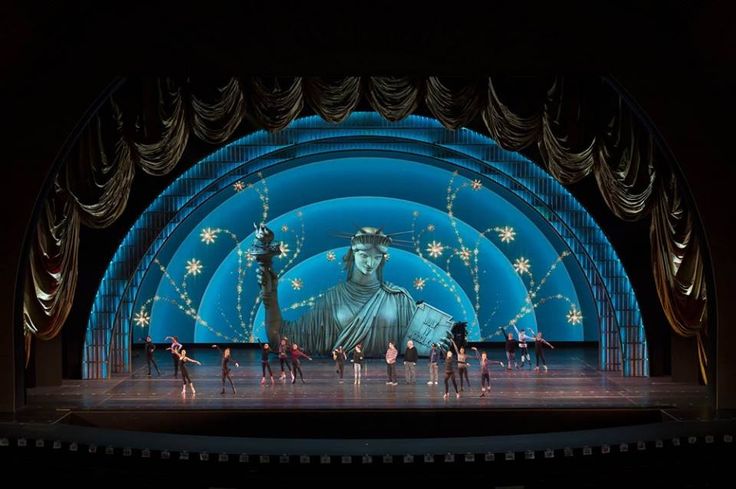
A three-story tall statue of liberty puppet – controlled by a team of puppeteers and voiced by Whoopi Goldberg. (Actors for scale.)
The puppets were a big feature of the show, and an element that always got a great response – especially on the days we had school shows. The Statue of Liberty puppet was the only one controlled with remotes from off stage. The others were controlled from the inside, with a series of gears and pulleys and bicycle pumps, by teams of puppeteers.
When I was hired, the show was already in previews, so the clock for opening night was ticking loudly. The show’s directors decided to add some circus spectacle last minute and hired 10 additional cast members with specialty skills. I was one of these late hires, as was Angela Butch (circus performer & founder of the Muse NYC) and a number of tumblers and dancers. The male ensemble dressing room was already packed to the brim, so they put a handful of us in a converted conference room. That’s the first time the a Rockettes show has been so large that they’ve run out of dressing room space!
My track was added to the show too late in the creation stage to be included in any of the promotional videos, but I can describe it in two words and a short video: bagel juggling.
In the opening song of the show, the protagonist, Bernie, sings a love song about New York City. “I love New York!” he declares, “The noise, the crowds, the energy. But, the mornings always mean the most to me…” and goes on to talk about his love for New York bagels and coffee. At that moment, I juggle a stack of bagels, weaving through the set of Grand Central Station, and freezing as I catch a high throw, in time with the music.
I worked with Radio City’s props team on a hybrid bagel/beanbag juggling prop. The first several shows, I juggled the genuine artifact. Their inconsistencies in shape and weight, not to mention a light design that was created for- and by dancers who didn’t need to track objects in the air on stage, offered an interesting challenge. We settled on a flat beanbag, stitched in the center, and airbrushed to give the impression of extra depth and shine. All said and done, these weighed about half a pound each.
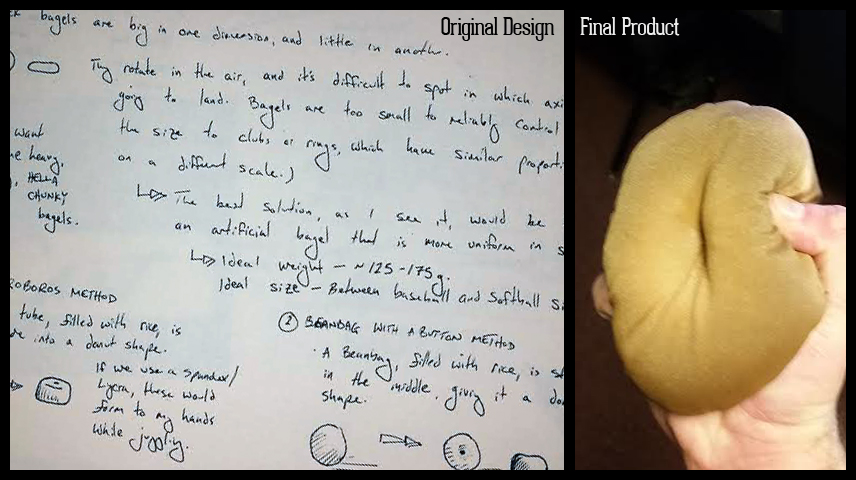
Bagel designs.
My other role in the show was juggling torches in the park as joggers and roller bladers and hotdog vendors carted by. I had to run like mad to get off stage at the end of the scene, as the sky opened up and rain started pouring all over the stage (and as thirty-six raincoat-clad tapdancing dancers rushed on stage!)
The main feature of the show was, of course, the world-famous Rockettes precision dance troupe. This team is composed of women from all across the United States. Auditions for the company are an open call, meaning that anyone can show up and try out for the team. This draws around one-thousand dancers each year, all vyying for a handful of open spots in the dance company. The audition lasts two days, and includes jazz, tap, modern, ballet, and ballroom combinations.
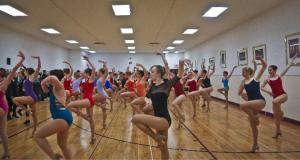
Girls audition for the 2013 Christmas Spectacular. (Source – http://www.texarkanagazette.com/news/2013/05/03/dancers-audition-to-appear-with-rockette-738559.php)
Dancers are measured when they audition for the company. If they’re not between 5’6″ and 5’10.5″, you’re not allowed to enter the rehearsal hall to audition. This is serious business, too – barefoot (not even socks) and a pencil through the hair to determine your true stature. — That’s a big range, though – Rockettes range 4.5″ in height! In the kicklines, though, they put the tallest girls in the middle and shorter ones on the outside. Since the girls all do their “personality kicks” (that’s what the group calls their trademark eye-level kicks,) it creates a nice optical illusion that makes it look like the dancers stand at the same height and kick to a uniform line. True as that may be, it sure looks laser-perfect!
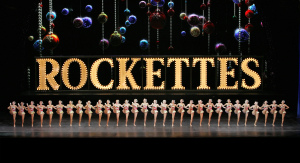
The world famous kickline! (Source: http://itsreally10months.com/2014/09/rockettes-just-leggy-ladies.html/)
Another bit of stage magic is their hair – the Rockettes are a team with matching, back-length ponytails, and have been that way for a long time… but only some of the dancers actually have long hair. The dancers are assigned half-wigs are matched to their natural hair color exactly, and meticulously maintained by a crew of hair technicians (yep, that’s a thing!) at hair stations across backstage areas. Even if you’ve already got long hair, it’s tied in a bun with a prosthetic ponytail attached.
The show is run by a giant crew – one that outnumbers the massive 70+ artistic team. Throughout my time there, I interacted with the stage managers, props team, stagehands, elevator operators, fire marshals, dressers, and all kinds of other technicians. One of the most labor intensive transitions in the show was for the transition from the “Singing in the Rain” scene into the “Times Square” scene. Here, the splashback from thousands of gallons of water had to be mopped from the stage (most went into a splashpan, but the stage was still wet!), twenty-something cast members had to get into elaborate costumes quickly (including some giant, body-swallowing mascot outfits,) all of the elevators went down, and a number of props had to be set.
One of my castmates shot and uploaded a backstage video of the transition, which you can see below. (The video included the following text: “Disclaimer: This was shot on an iPhone 4 from inside a Paddington Bear suit. Also, no Penguins were hurt in the making of this video.”)
All said and done, this contract I…
– Performed in 73 shows and 9 previews (a total of 82 productions, or about 7,380 minutes of show!)
– Changed clothes 656 times backstage (not counting changing into suits and tuxedos for after parties!)
– Climbed 48 flights of stairs daily (my calves have never looked so good!)
– Logged some 120 hours of juggling practice (if you want to see some training videos, head on over to my Instagram account!)
All in all, it was a lot of work, but a terrific contract. I really hope to work at Radio City again next year… We’ll see what the plans are for the 2016 Spring Spectacular!
2014 by the Numbers
Accounting and reflecting are two important year-end activities that small business owners all across the world engage in. I’m no exception!
As I tidied my house this year, sorting through old programs and ticket stubs and finding shards of broken plates all over the place, I thought about the year’s happenings and started gathering data. Not one to throw away frivolous year-end statistics, I’ve compiled it all here for your enjoyment!
Here you are, friends! Here’s my 2014, by the numbers.
I visited six countries this year – the USA, Canada, Ethiopia, China, New Zealand, and Fiji.
Fiji was a kind of happy accident – their national airline has an “unlimited layover” policy that afforded me a little vacation on my way home from New Zealand. No shows there, but I sure did juggle on the beach!
I juggled in eleven states this year, too. That was Oregon, Kansas, Missouri, Illinois, Indiana, Arkansas, Pennsylvania, New York, Massachusetts, Vermont, and New Hampshire.
The folks in New Hampshire went crazy when I announced it was my Granite State debut that night. “Live free or die! Don’t tread on me!” they shouted. They also went crazy when I announced my box of “guns with tiny American flags on them” during my rat-hoop act. (That one worried me a little.)
I traveled a total of 65,404 miles traveled for shows in 2014.
(That’s enough juggling to circle the globe two and a half times!)
Eight stagings of “The ‘Dinner and a Show’ Show” in four states, winning one award, getting three lovely newspaper reviews, and a dozens upon dozens of audience comment cards (including three crayon drawings of Claude the lobster, and four phone numbers.)
Two wonderful pop-up shows for patients at the Hamlin Fistula Hospital Addis Ababa, Ethiopia.
Catherine Hamlin, the woman three to my left, is working to eradicate obstetric fistula in Ethiopia. She’s doing an incredible job, too, with a network of hospitals all across the country. She was a Nobel Peace Prize nominee in 2014!
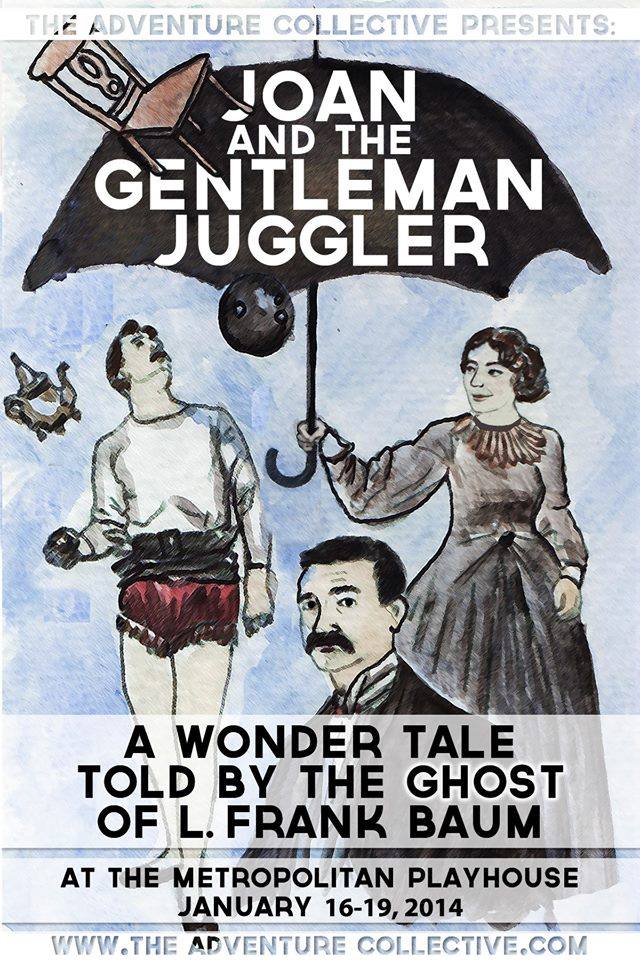
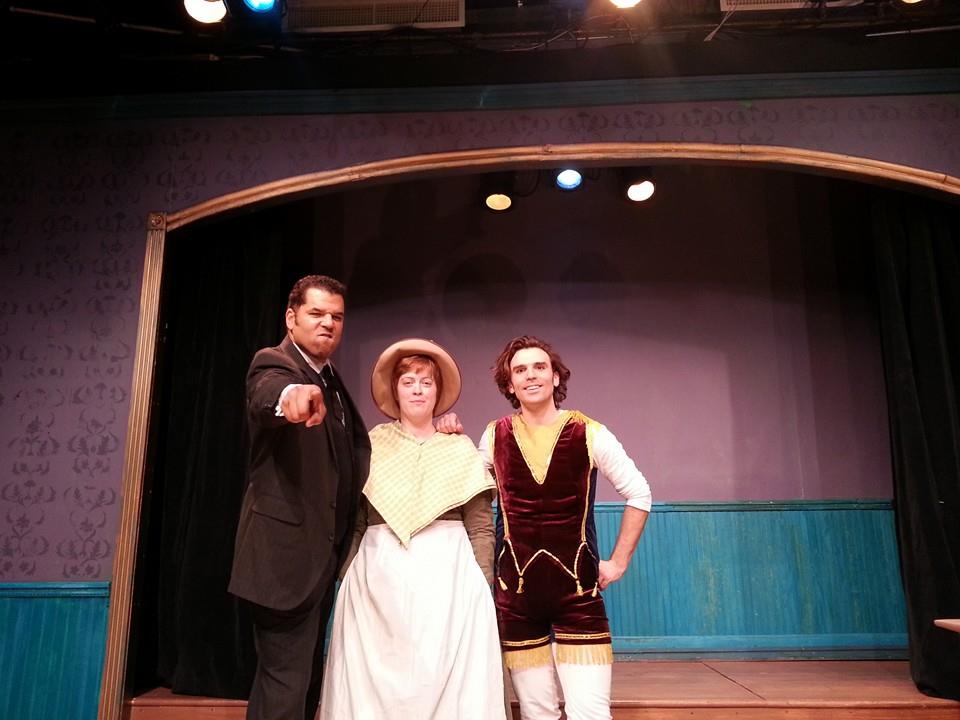 Four stagings of “Joan and the Gentleman Juggler” – a new production with my friends Gabi Sinclair and Ric Walker. I learned one new stunt for this show – a version of Cinquevalli’s famous pool cue and sherry glass balance.
Four stagings of “Joan and the Gentleman Juggler” – a new production with my friends Gabi Sinclair and Ric Walker. I learned one new stunt for this show – a version of Cinquevalli’s famous pool cue and sherry glass balance.
Despite the trick collapsing a half dozen times when I was learning it, I only ever got hit on the head once! And never got a black eye! Small victories.
Two nice newspaper articles about me and my work with nonprofits! (Brattleboro Reformer & New Hampshire Union Leader)
Fourteen incredible hamburgers on the road. (Most memorable? The “Tom Selleck” burger at the Elbow Room Cafe in Vancouver, BC. Hamburger, bacon, brie, banana, pineapple, and peach with a chipotle aeoli. What?!)
See for yourself – follow #hamburgersIhaveknown or @thomwalljuggler on Instagram! (Six-hundred and nine others already are!)
Three killer benefit shows for the New England Center for Circus Arts. Two were in the Latchis Theater in downtown Brattleboro. (Who could resist performing on that stage! Did you see the archways? Did you see the constellations?!)
The third show was at Dixon Place on Manhattan’s Lower East Side – the kickoff show for NECCA’s capital campaign. They’re raising money to build a new circus school building from the ground up. (How cool is that?!)
Three cities in six months with the largest circus company in the history of the world! Easily the most stressful contract I’ve been on, but also one of the most rewarding. Over the course of this contract, I performed for around 200,000 people.
Nearly one-hundred pre-shows with four animators and one lizard puppet.
From an email with my dad:
“Before the show, I do animation/walkaround through the audience as they’re waiting and getting seated. I’m dressed as the scientist, but with a giant lizard puppet under an arm that I use to surprise people with. He’s got this fantastic tongue that shoots out quickly – good for startling people and getting a rise out of groups of people who watch. At the show two nights ago, I was walking around the seats near center stage and got a big reaction from the crowd. When I got backstage, I learned that I’d attacked the prime minister of New Zealand with my puppet?”
Three days at a booking convention in Colombia, Missouri in January. (The number of stories from this convention? Dozens. “You ain’t never been to a tractor pull, son?” “Oh, my wife and I really have fun, if you know what I mean.” “Who wants to buy this quarter hog?”)
One new acrobatics partner. (One hundred and sixty pounds on my head.)
Two-thousand, two-hundred – The number of seats at the Auckland Circus Convention’s gala show.
One – The number of drunk guys who decided to try and steal a ball from center stage during my act.
“One hundred percent!” – The amount of focus to put on a balanced object, in order to balance and juggle (as chanted in meditation by my dedicated students!)
Twenty-five plates were smashed in the initial devising process for “The ‘Dinner and a Show’ Show.” One part enthusiasm, one part polished cement stage.
Thirty-six statues of Snoopy in front of my stage in Hong Kong. Six statues of Snoopy on my stage in Hong Kong. Seven stories of people watching me from above, in the atrium of the mall.
I packed 16 backup plates for these 10 shows, just in case some broke in transit or on stage… but not a single one did!
One new leopard-print suit. The Hopeless Throwmantics are going jungle-casual in 2015.
One IJA medal. (For my mouthstick act! The first medal awarded to a mouthstick routine in the IJA’s sixty-seven year history.)
…all in all, a tremendous 2014! Where will 2015 take me? I’ve got a few interesting leads already, but I’m not about to spill the beans quite yet. Stay tuned, friends! Wishing you all a successful year ahead, and I hope all of the seeds you plant come to bloom!
[hr]




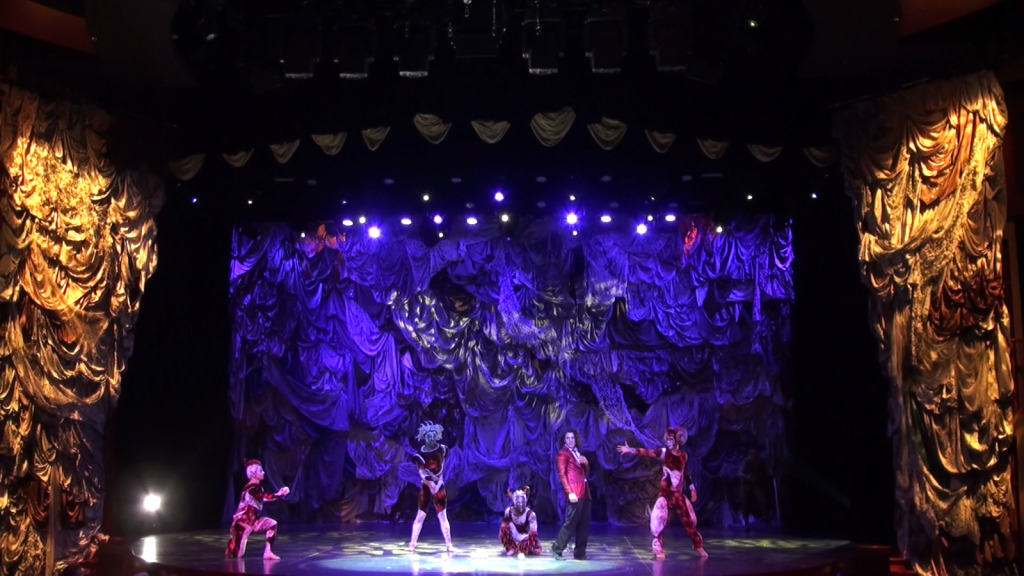
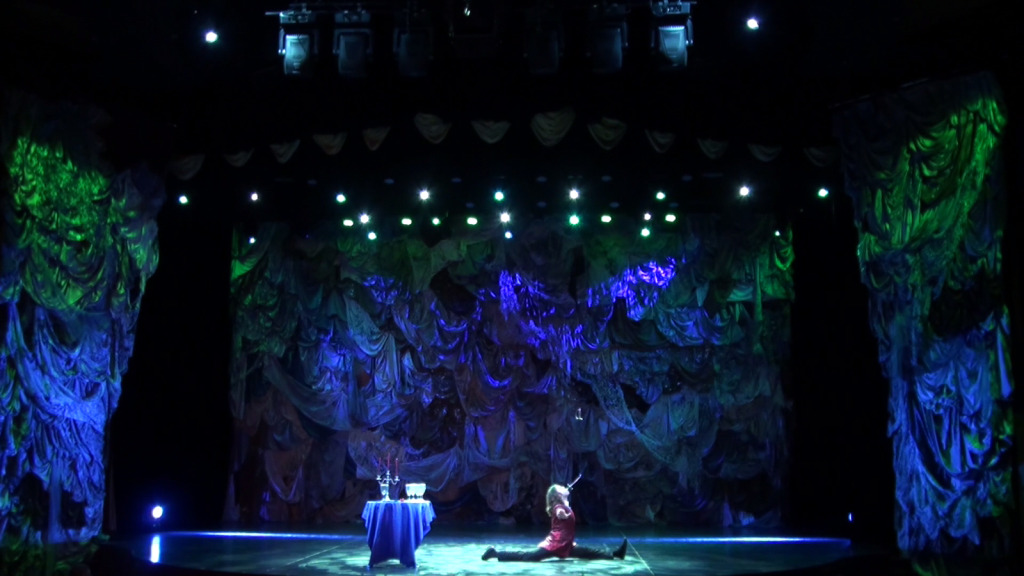

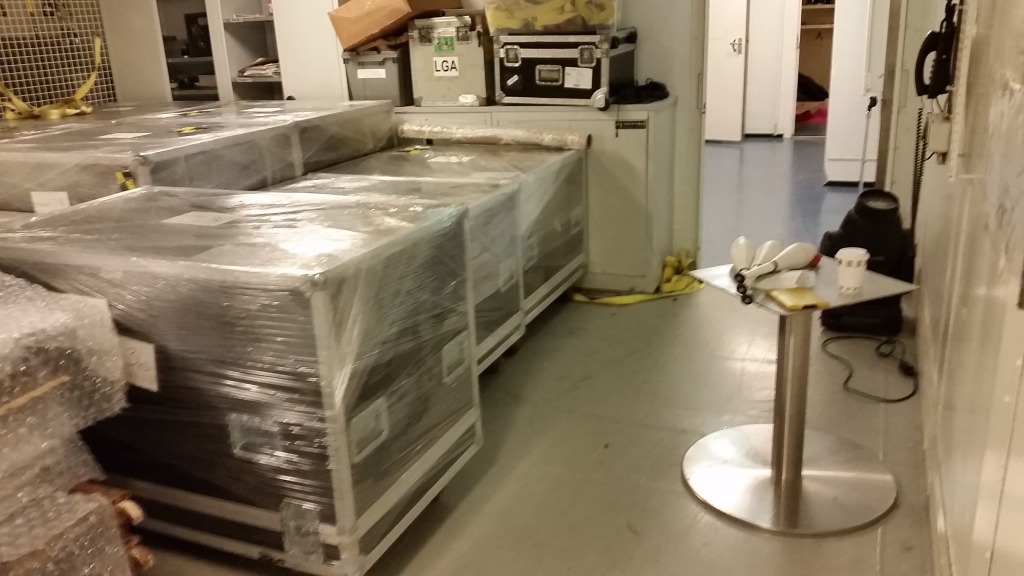
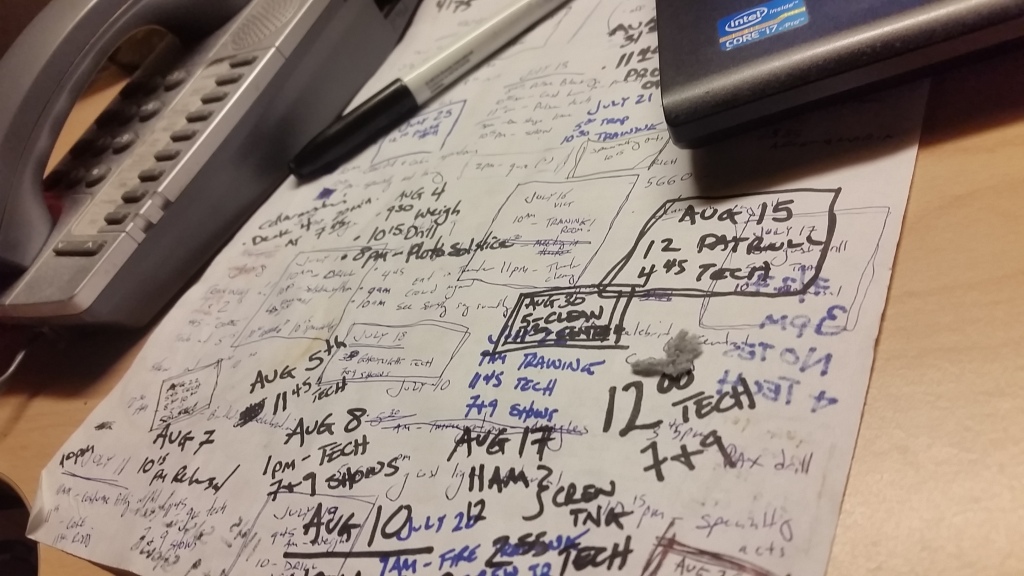
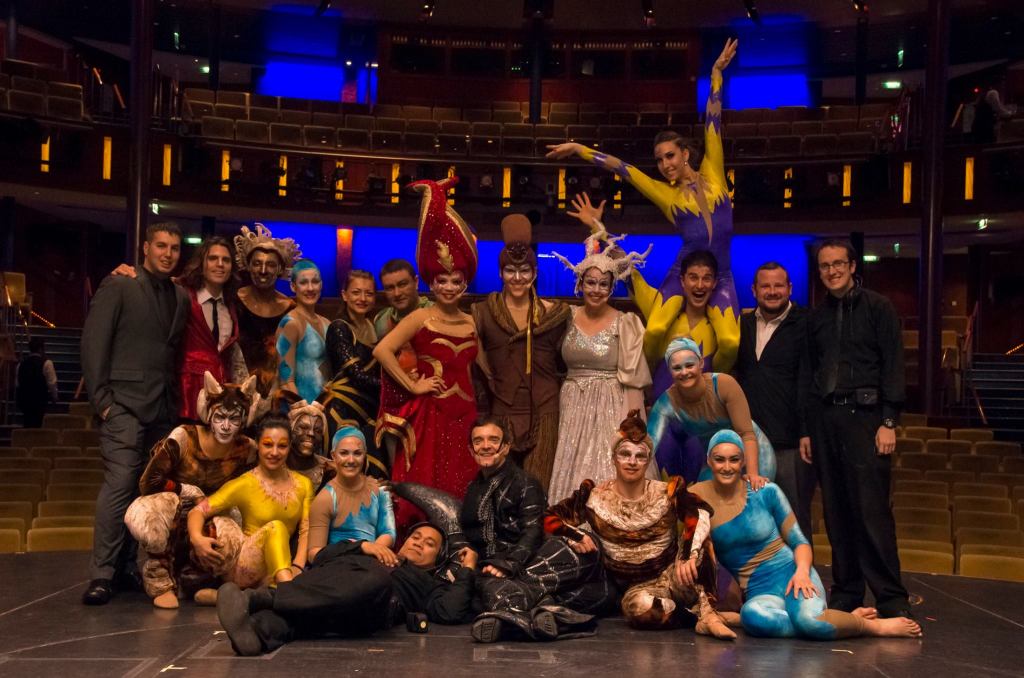



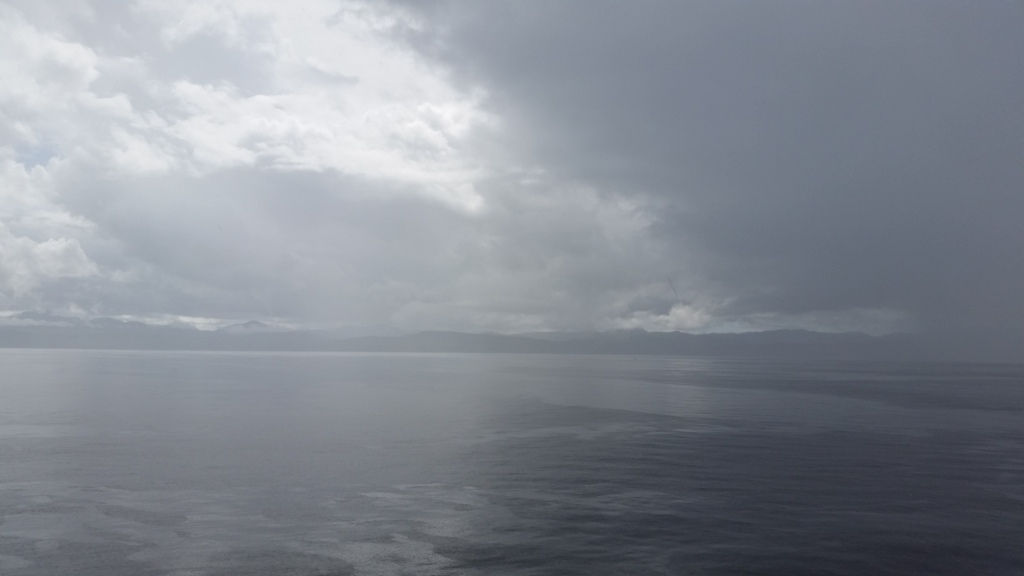
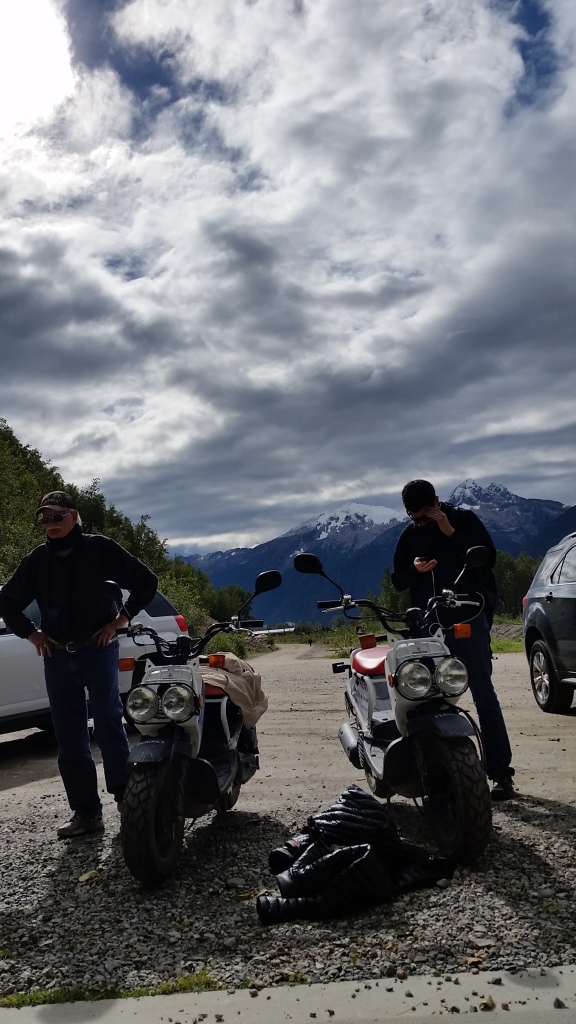

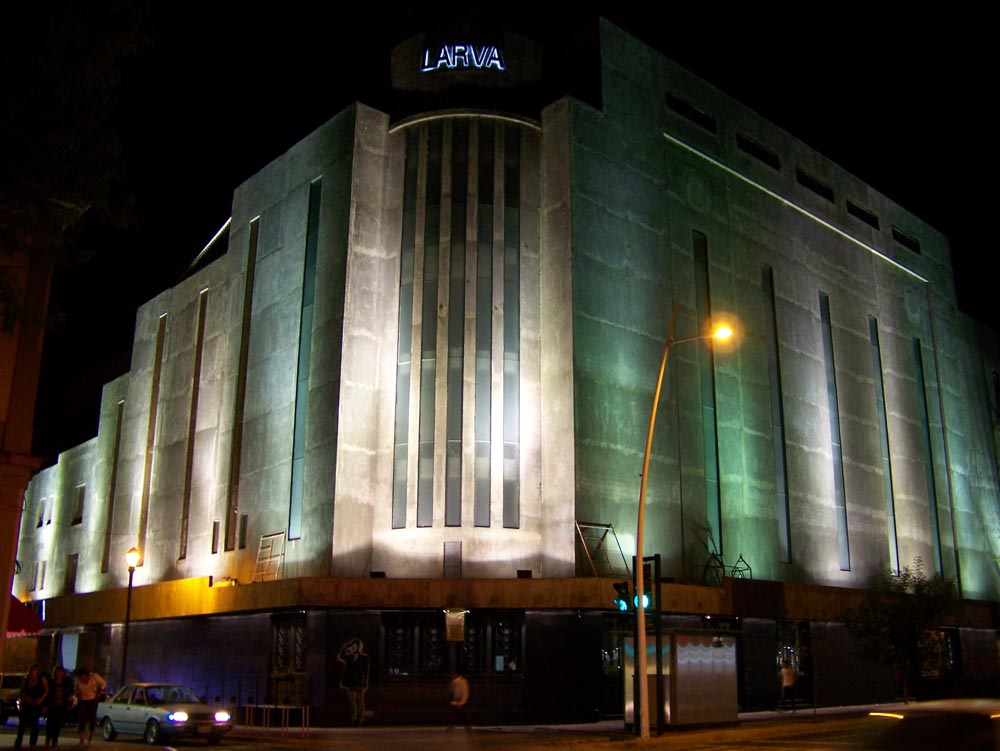
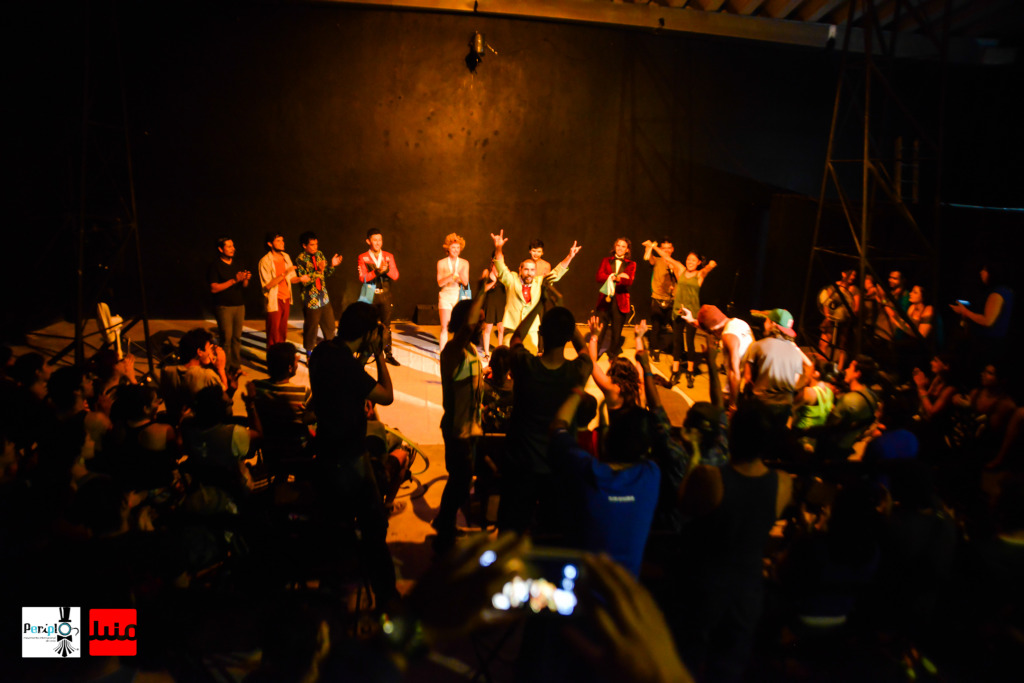
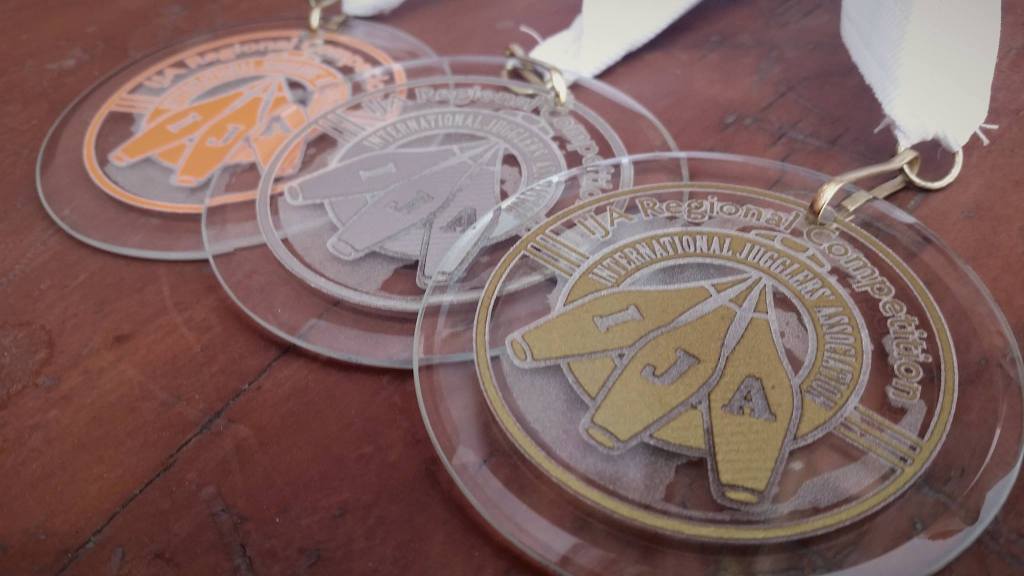
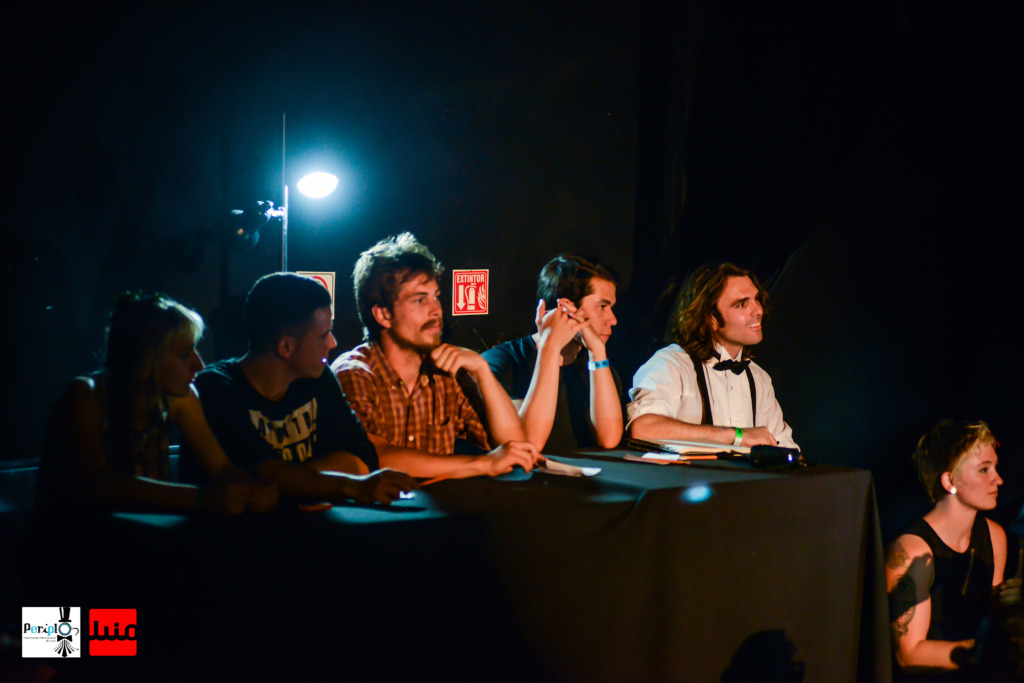
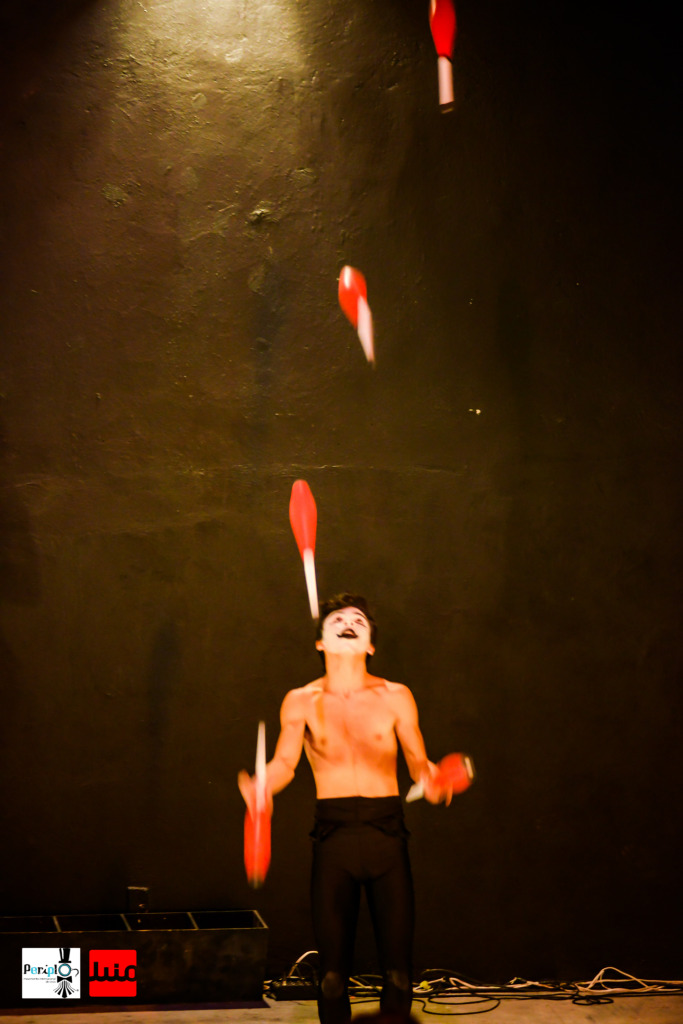
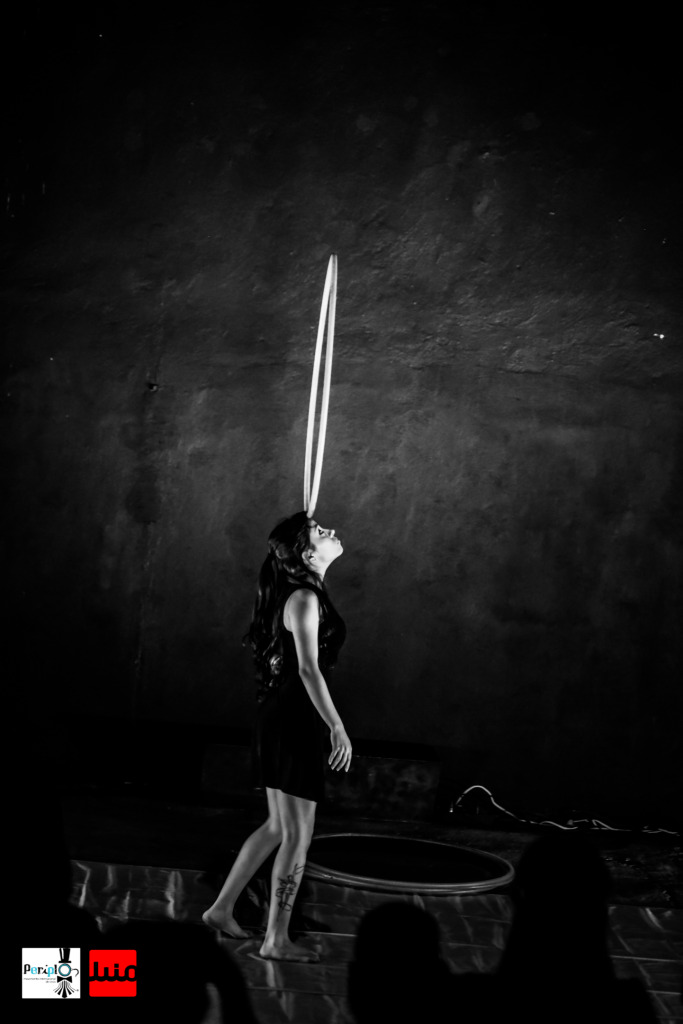
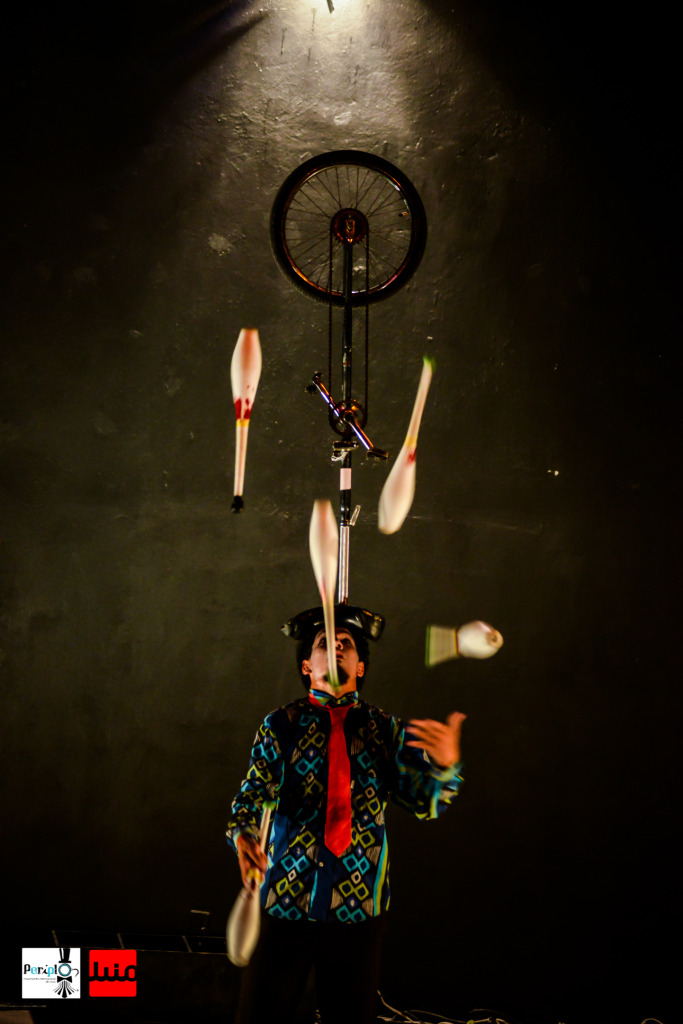
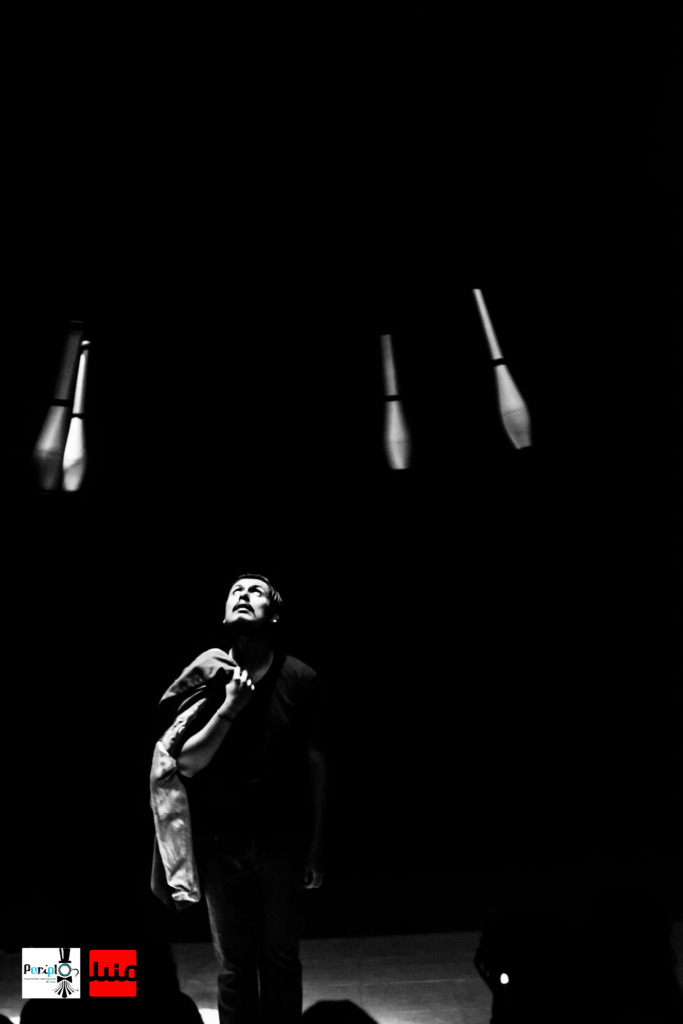
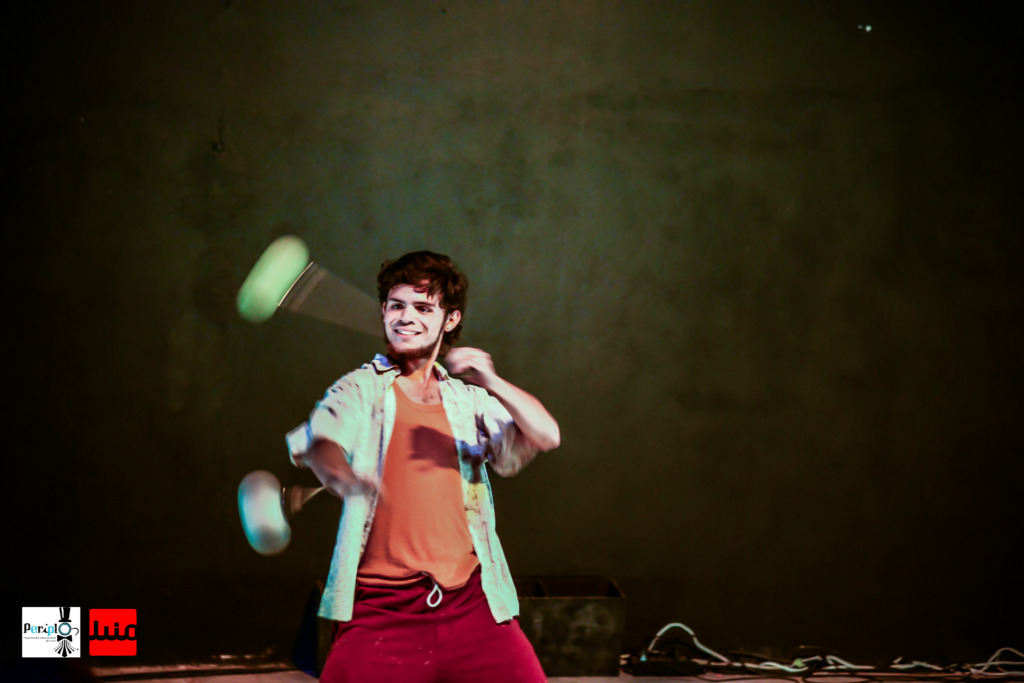
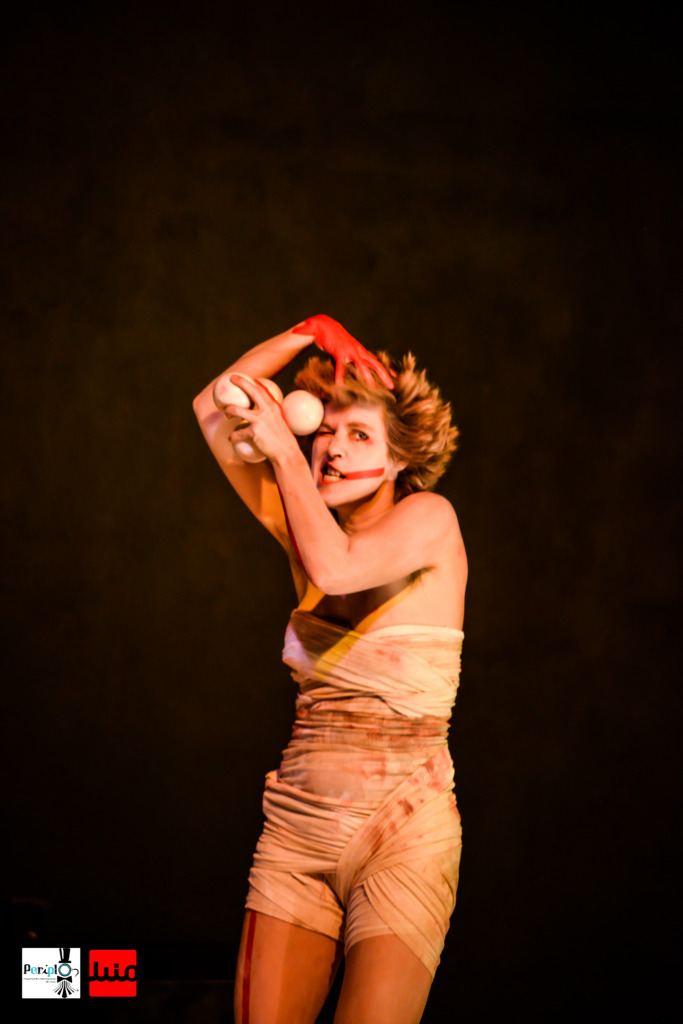
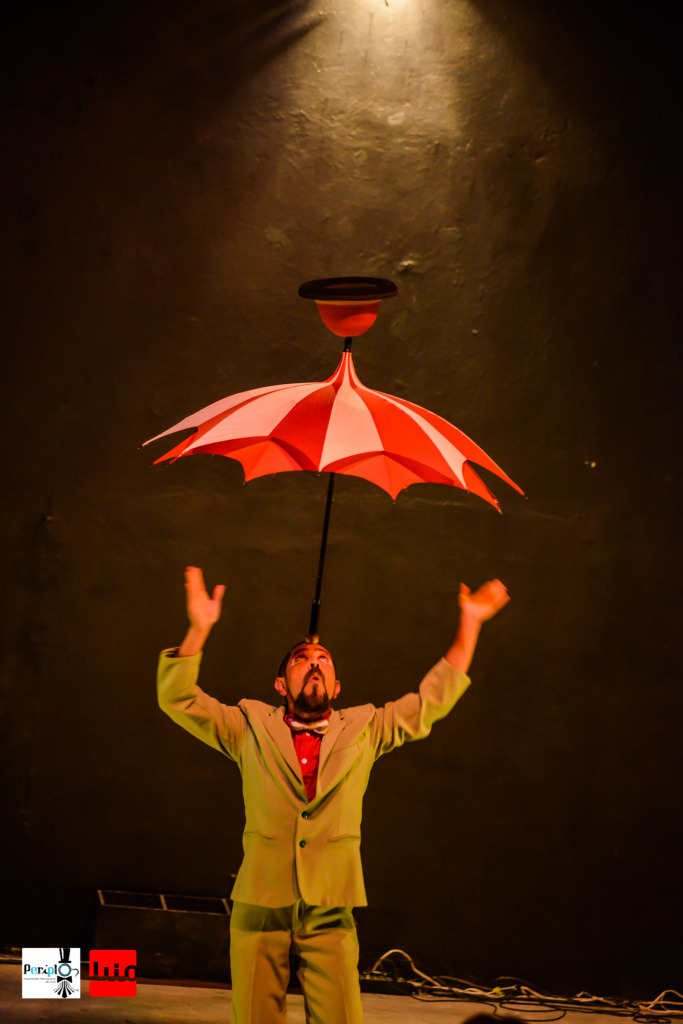
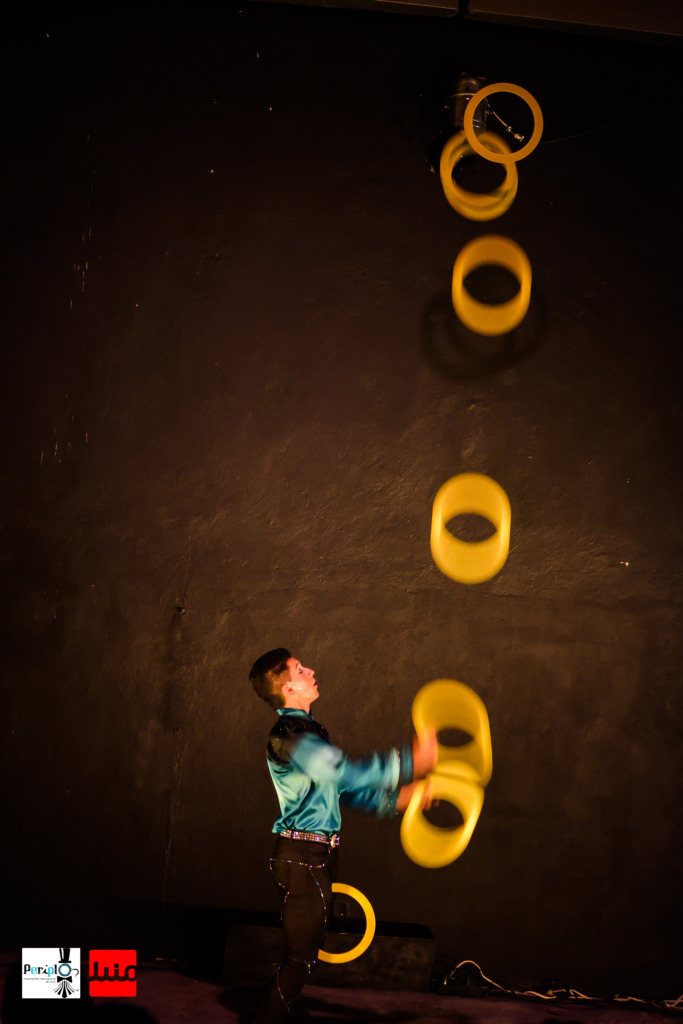
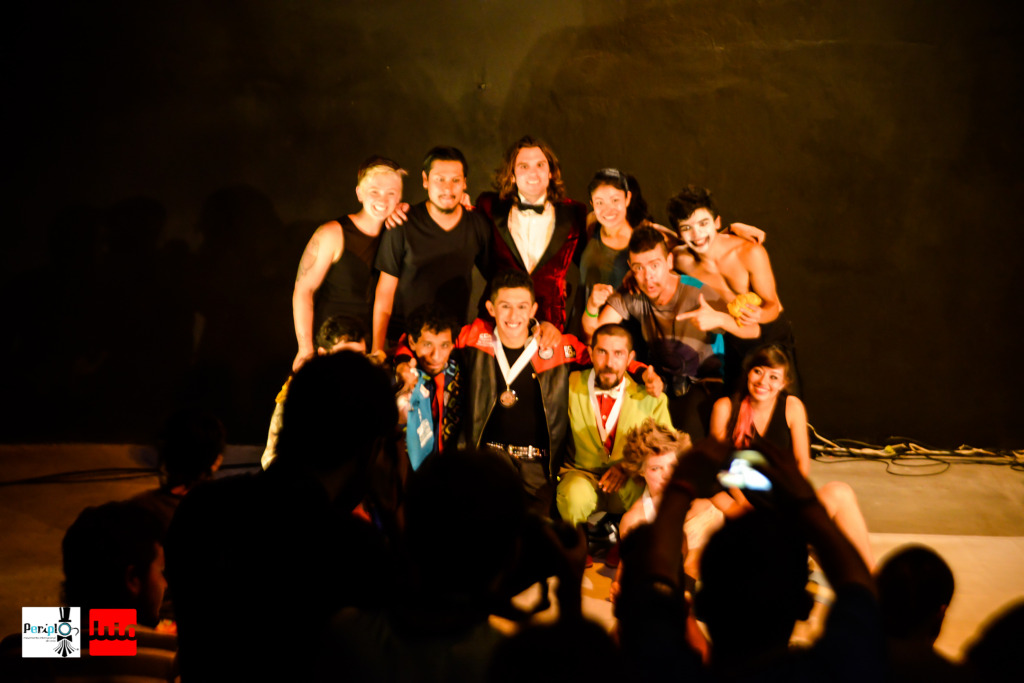
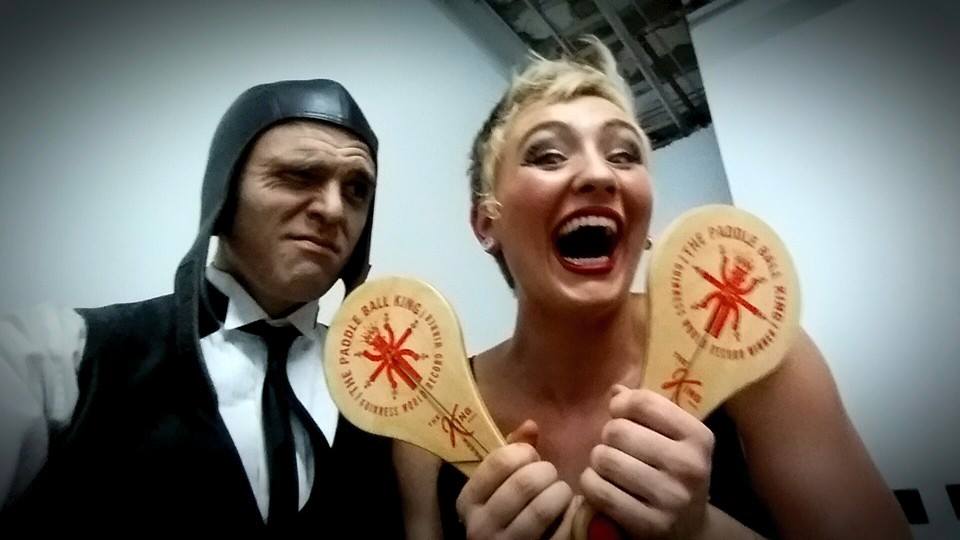
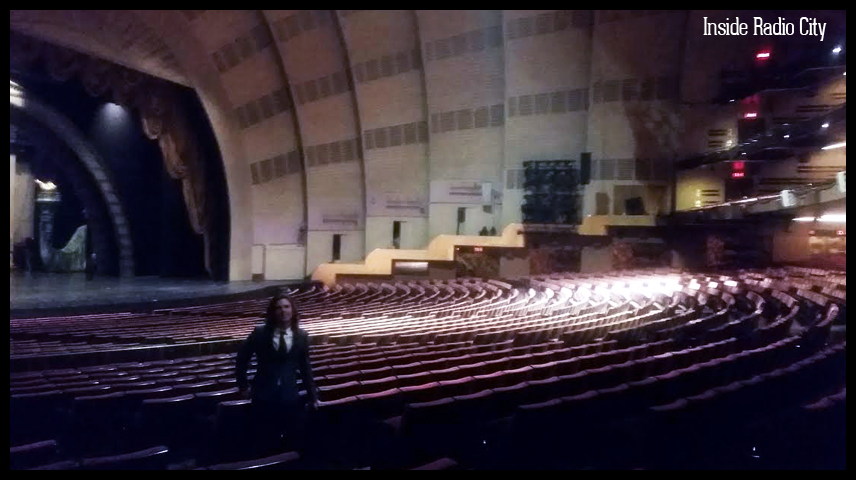

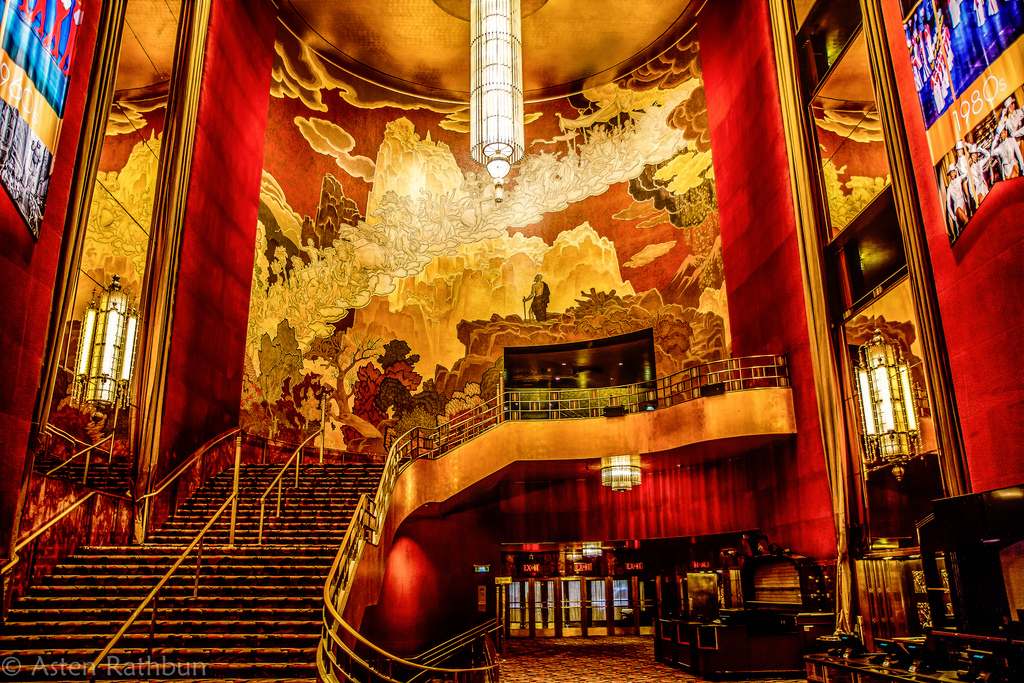






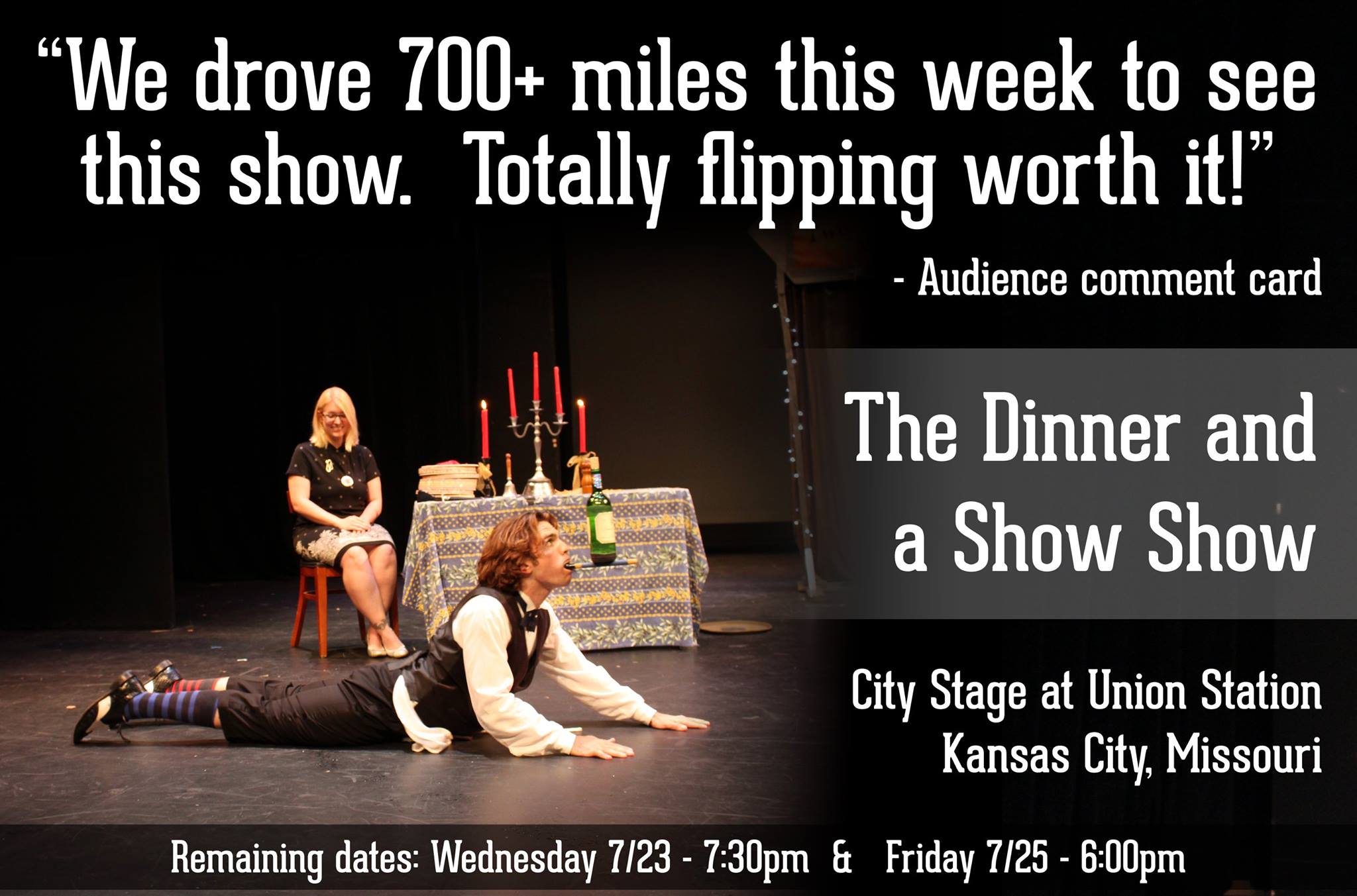
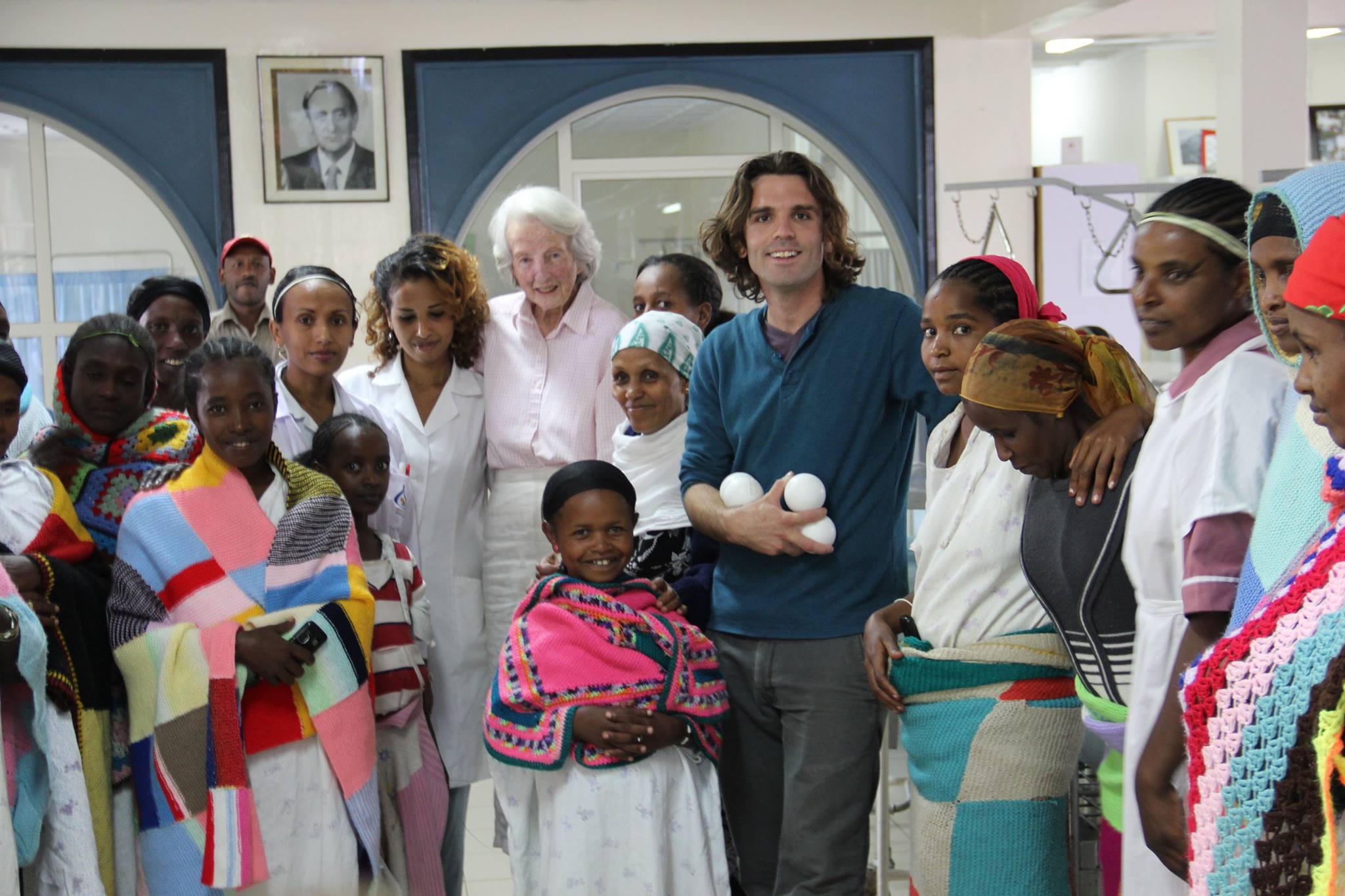
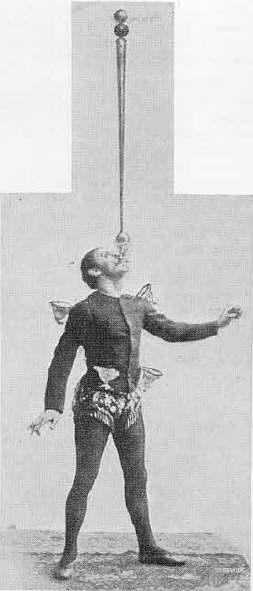


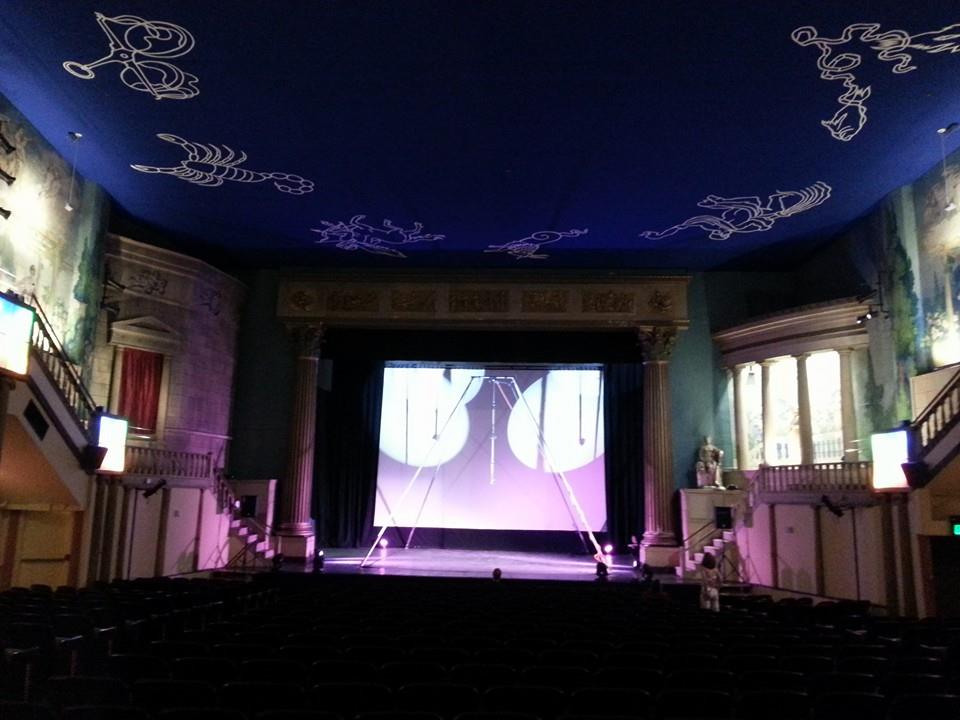
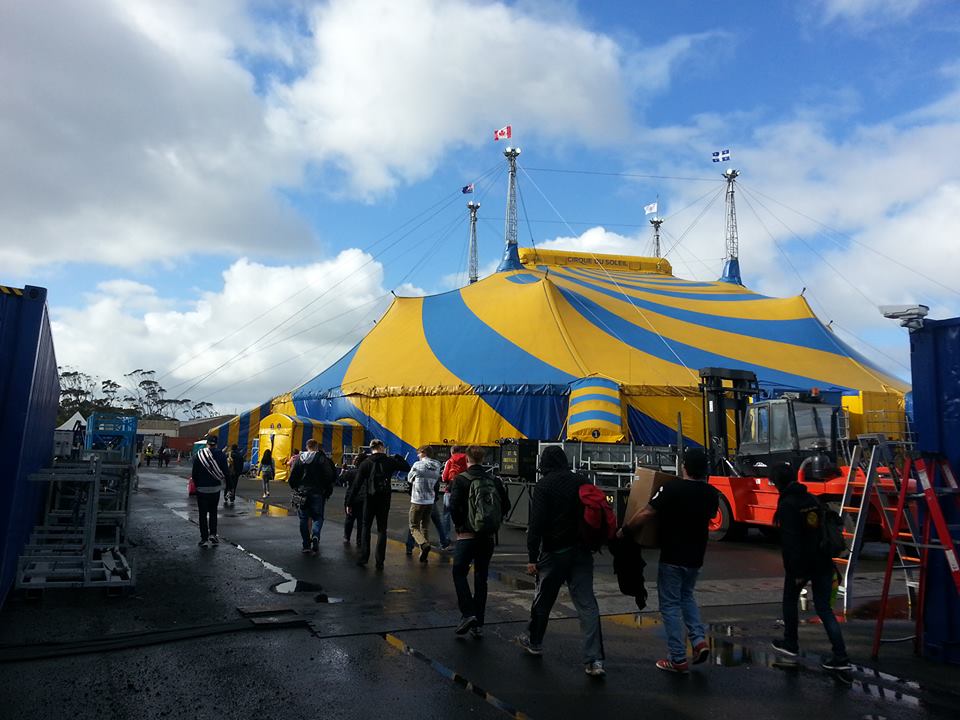
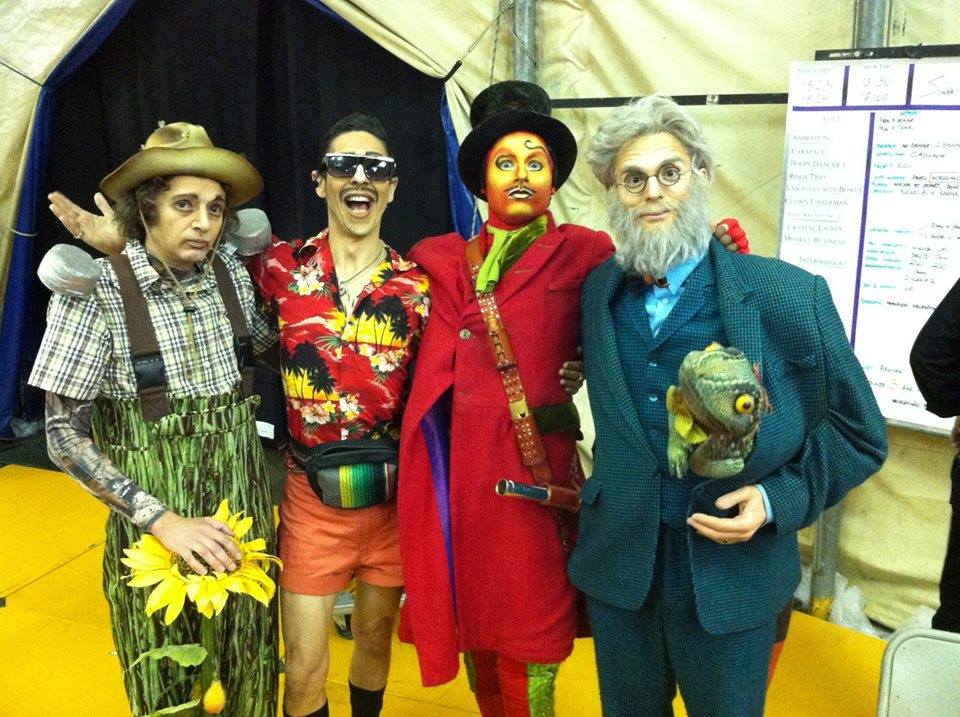
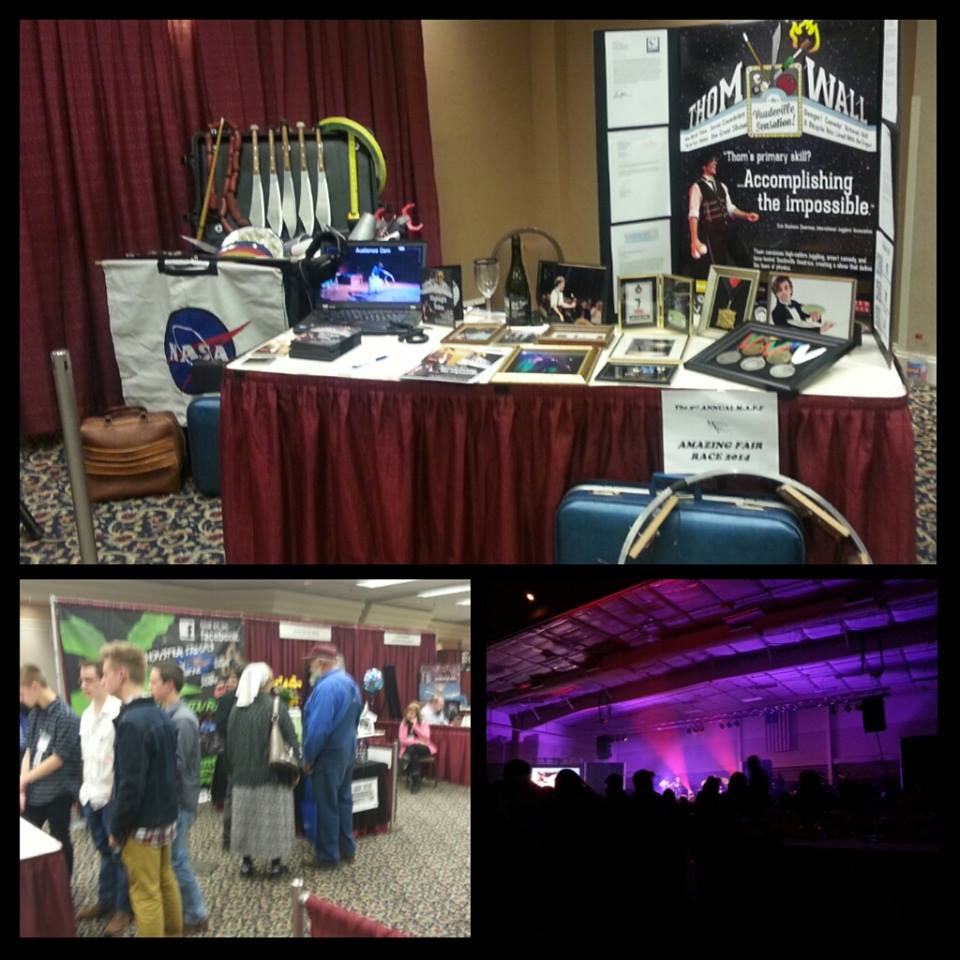
![IMG950601[1]](https://thomwall.com/wp-content/uploads/2014/12/IMG9506011.png)
